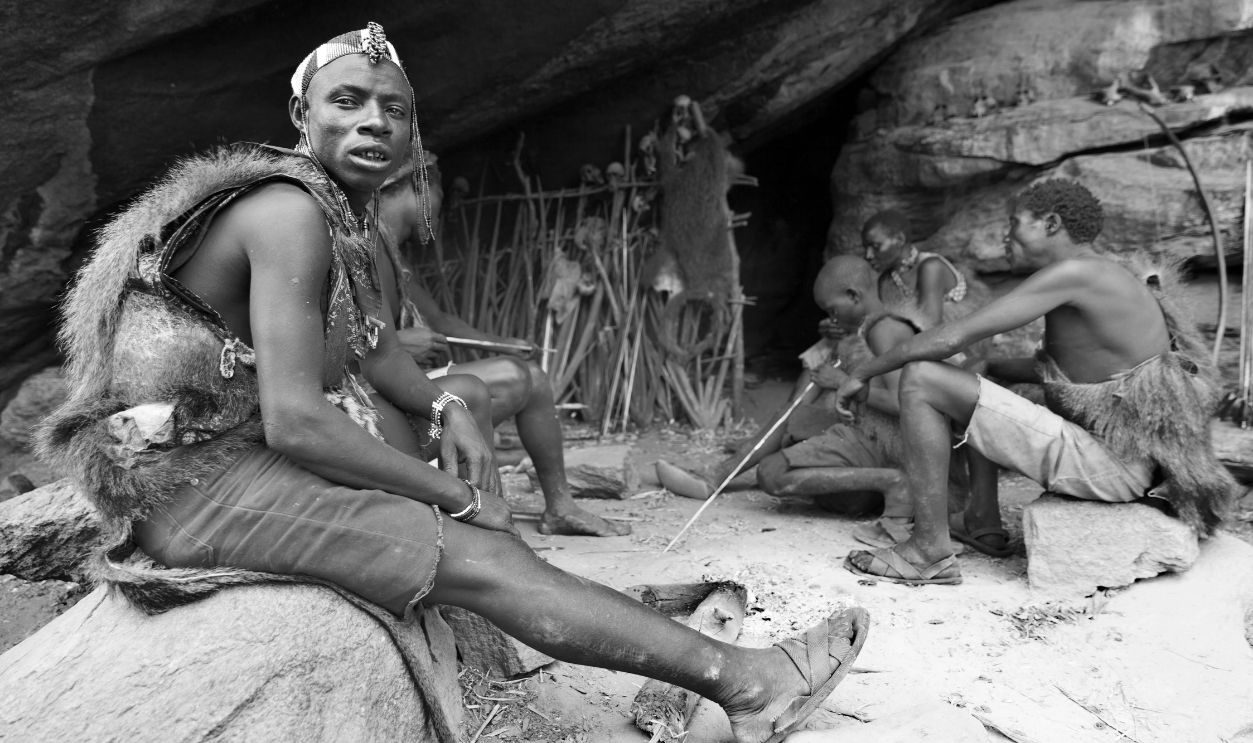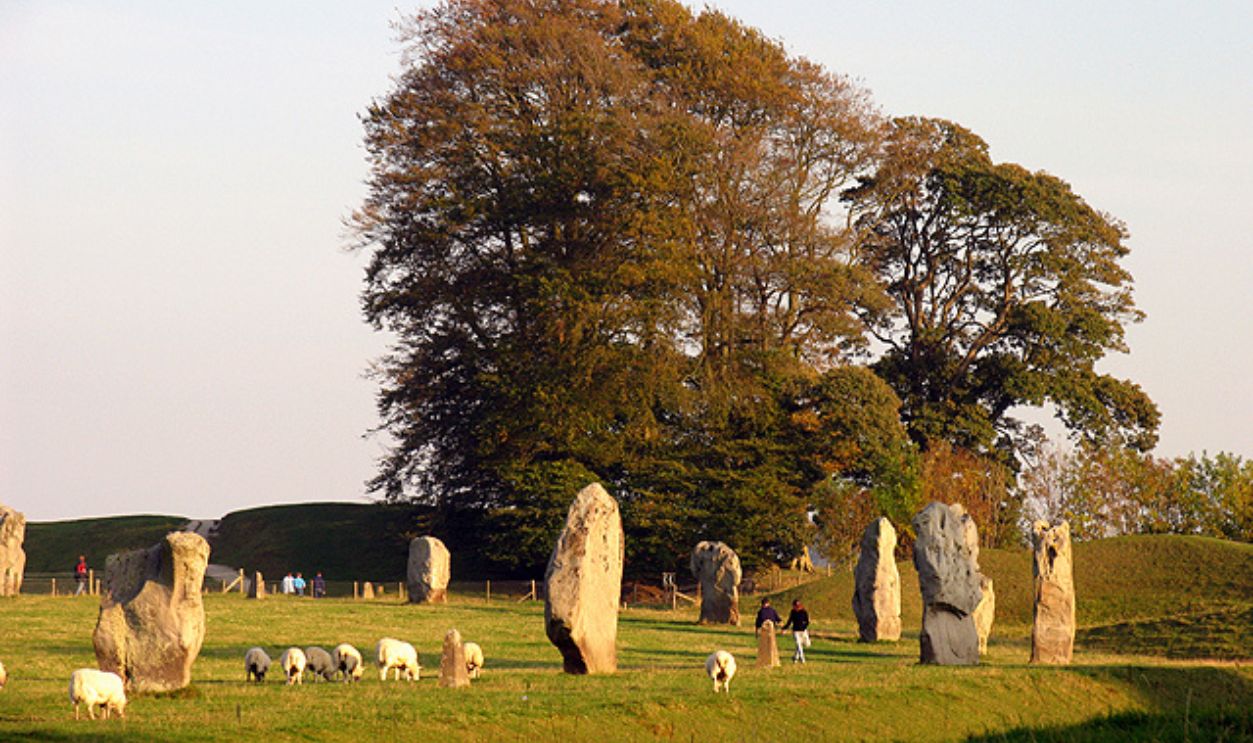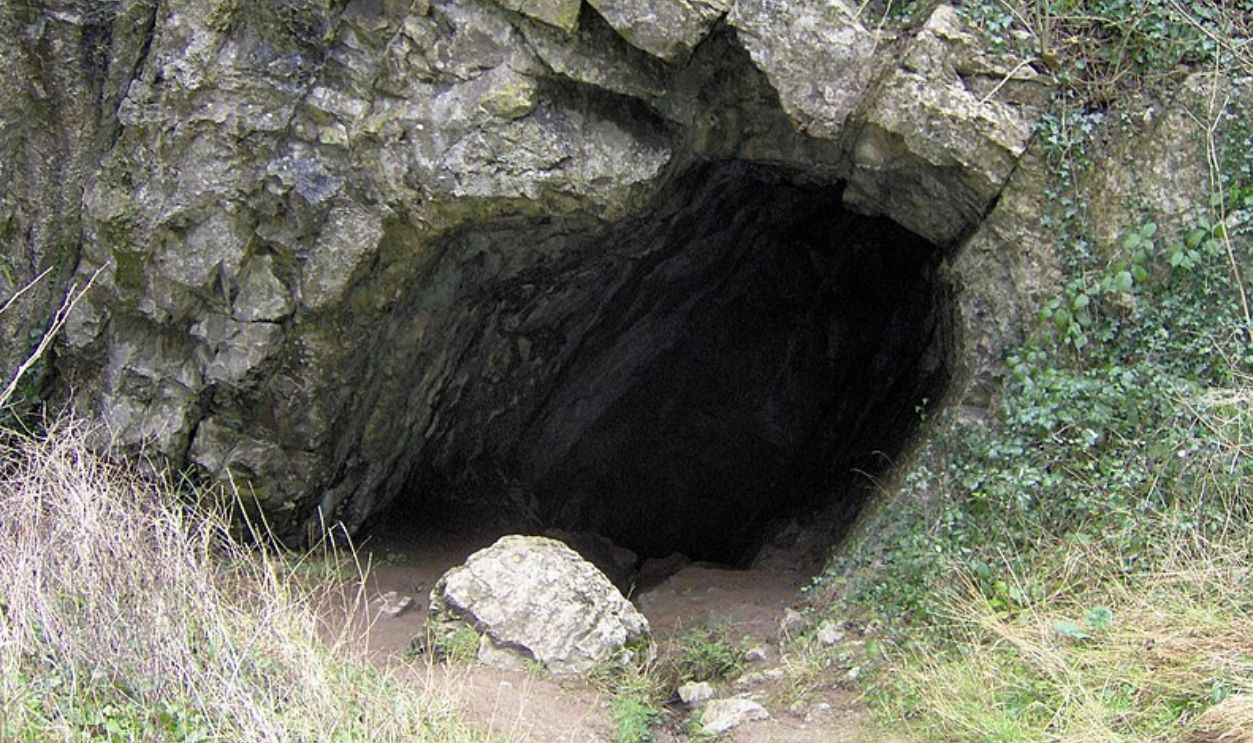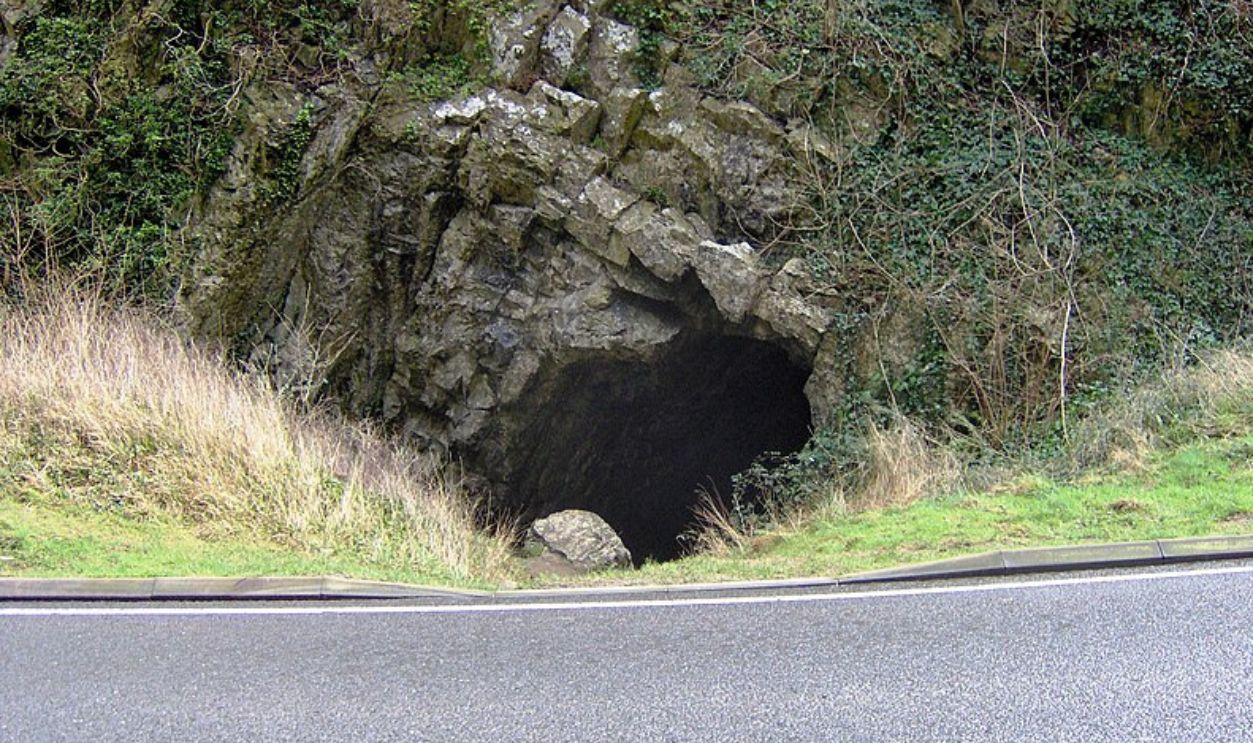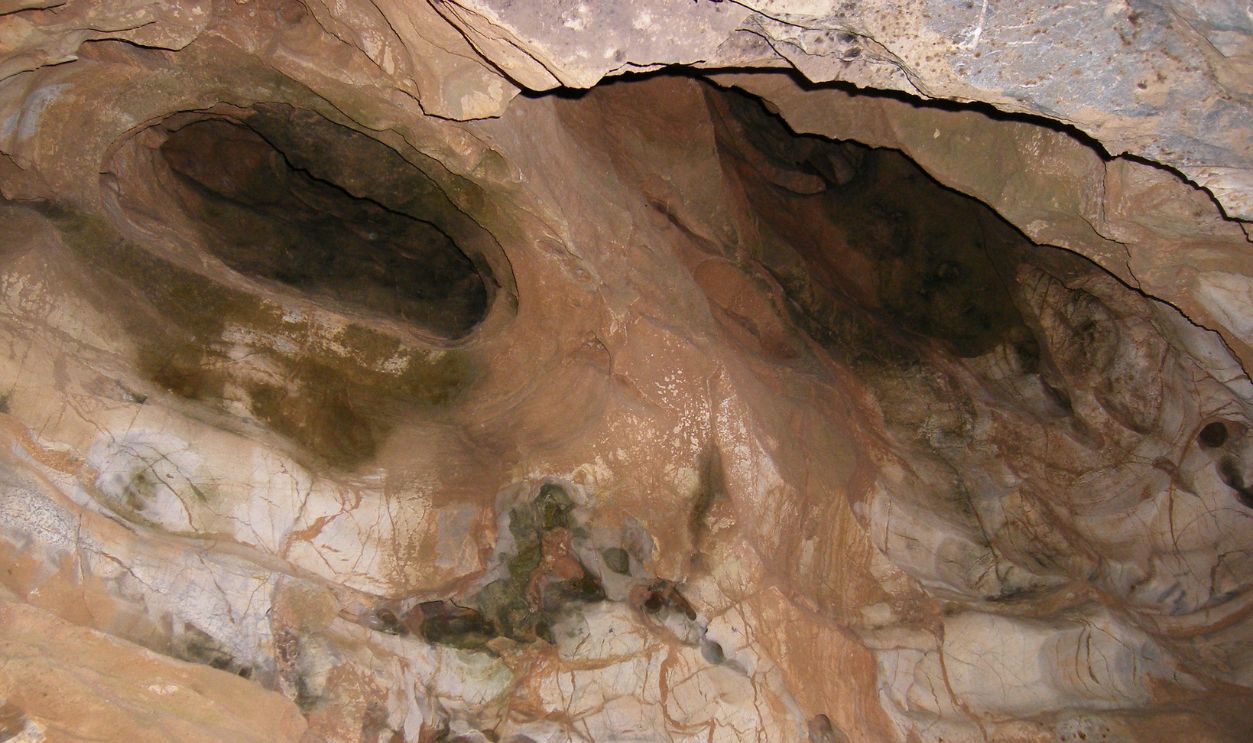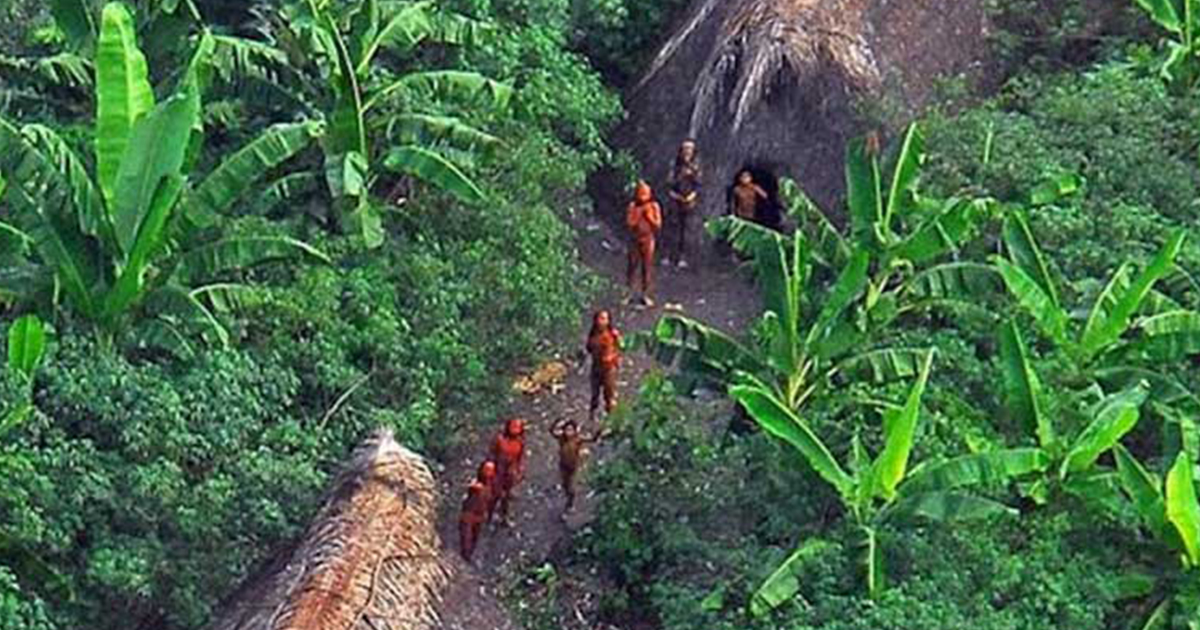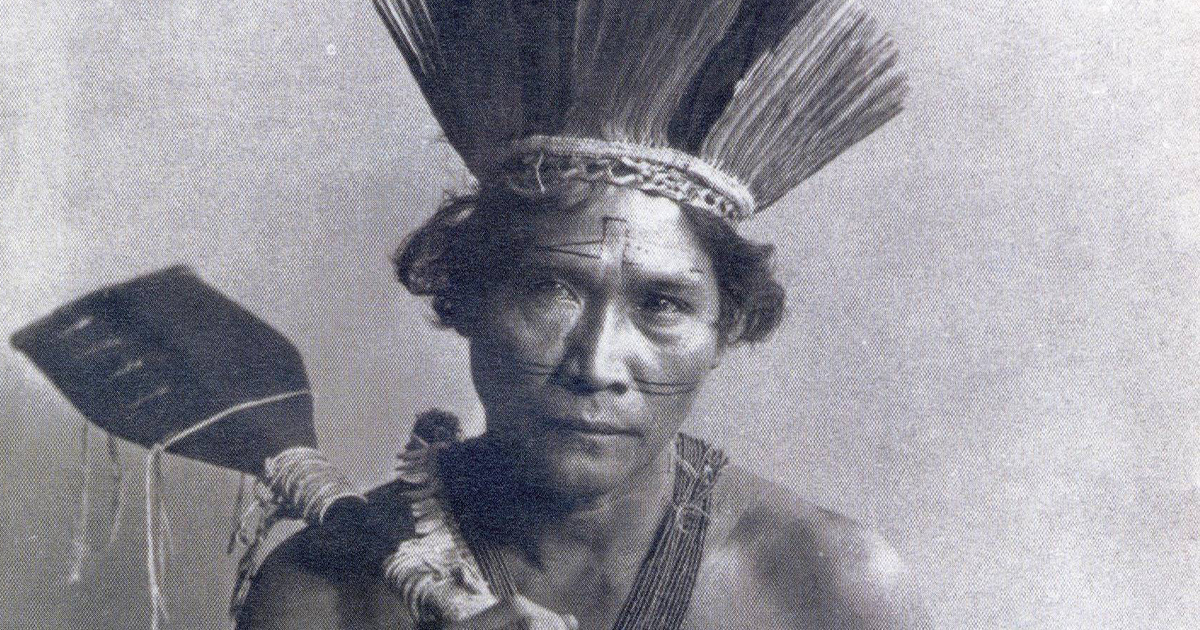Where Did They Go?
When hunter-gatherers first set foot on the British Isles, they roamed its forests and the coasts, living off what nature provided. Then one day they disappeared. But where exactly did they go?
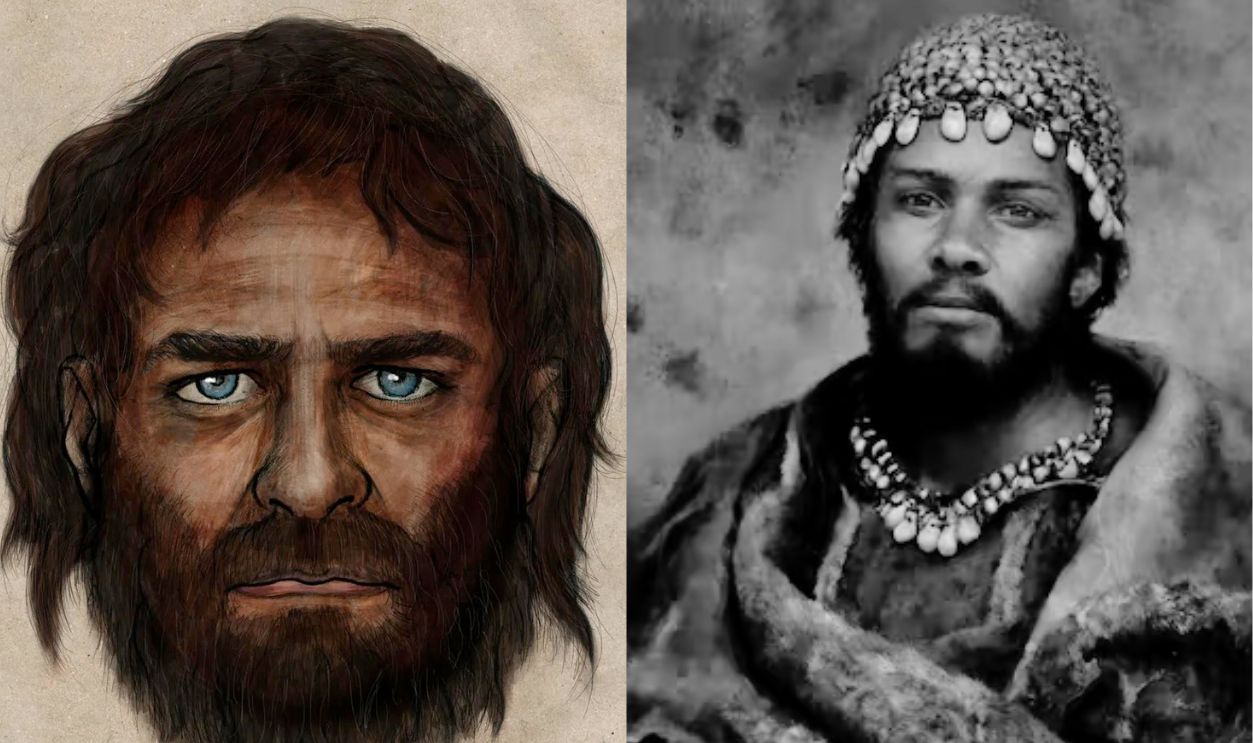
How Different Was It?
Ancient Britain was once connected to Europe via a landmass known as Doggerland. But, at the end of the Ice Age, around 6500 BC, the ice sheets thawed and flooded the land link. As a result, the coastlines of what would later become Modern Britain slowly emerged.
Neolithic Or New Stone Age
This period, starting in 7000 BC, also spelled a new dawn for the inhabitants of Britain. It signaled a time when the people were better settled and had embraced a more agrarian way of life. But what happened to the hunter-gatherers and their nomadic ways?
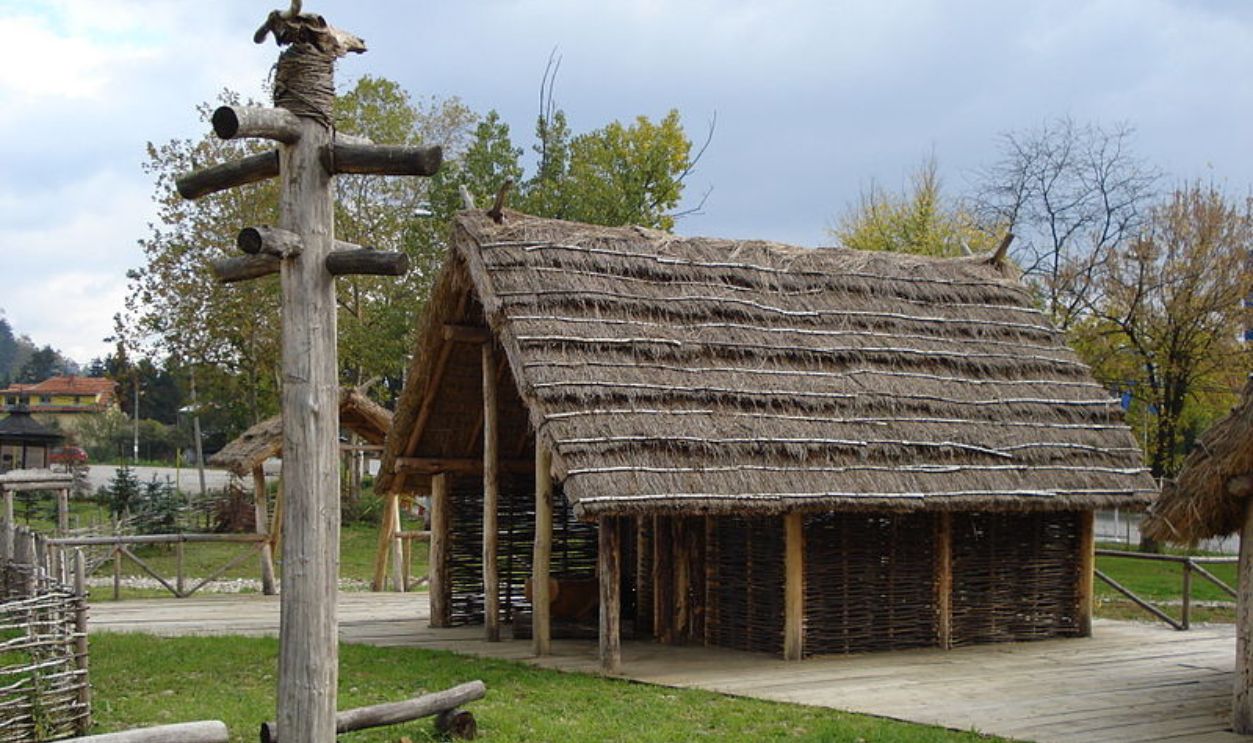 Prof saxx, CC BY-SA 3.0, Wikimedia Commons
Prof saxx, CC BY-SA 3.0, Wikimedia Commons
More Questions Than Answers
For decades, perhaps even a couple of centuries, archaeologists and historians have puzzled over the disappearance of the last of Britain's hunter-gatherers. To shed light on their whereabouts, let's trace their steps by visiting a few monuments reminiscent of their early existence.
Megalithic Monuments
Travelers throng to the United Kingdom to marvel at the megalithic monuments that dot the islands. Though built mainly during the later periods, these towering stone structures showcase how the hunter-gatherers laid the foundation for their construction in the prehistoric days.
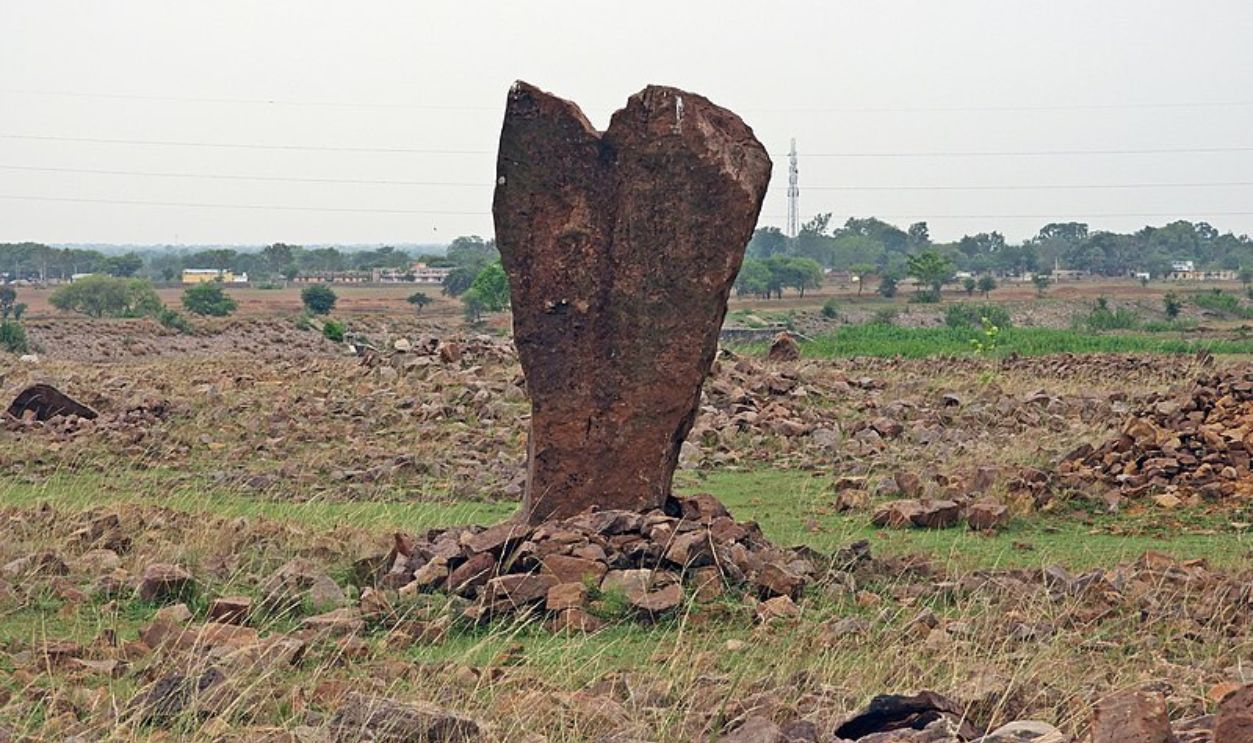 Tanvirkhan89, CC BY-SA 4.0, Wikimedia Commons
Tanvirkhan89, CC BY-SA 4.0, Wikimedia Commons
Avebury Stone Circle
Larger than its famous cousin, the Stonehenge, Avebury Stone Circle is a massive ring of about 100 stones that encloses two smaller stone circles. It's a vast complex built and altered several times between roughly 2850 BC and 2200 BC.
The Wonders Of Stonehenge
A 45-minute drive from Avebury is another marvel of Neolithic Britain, Stonehenge. Ever since its construction, which took over 800 years, the landscape has undergone several alterations with every newly arrived community. It was changed and reconstructed to suit their purposes.
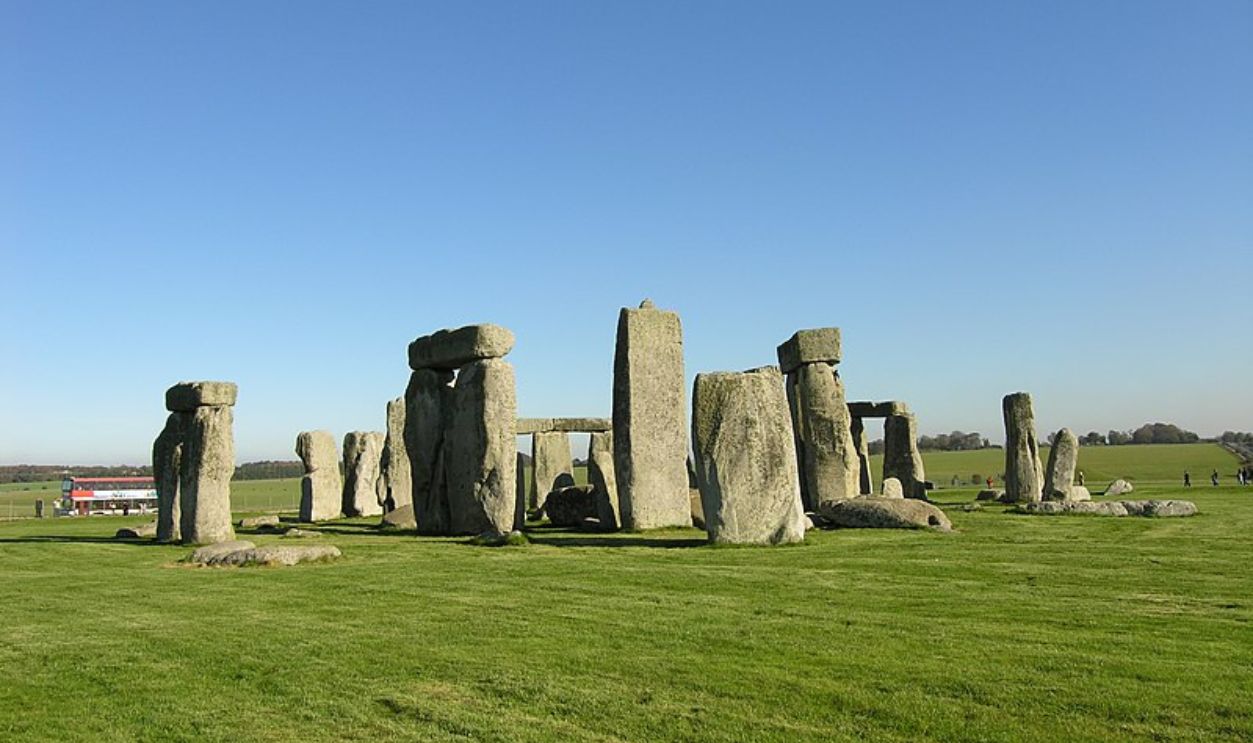 Francesco Bandarin, CC BY-SA 3.0, Wikimedia Commons
Francesco Bandarin, CC BY-SA 3.0, Wikimedia Commons
Timeline Of Stonehenge
Although Stonehenge is a Neolithic monument built by the early farming communities around 3000 BC, the hunter-gatherers had already chosen the site as sacred land. By 7000 BC, they raised the totem poles to the northwest of Stonehenge.
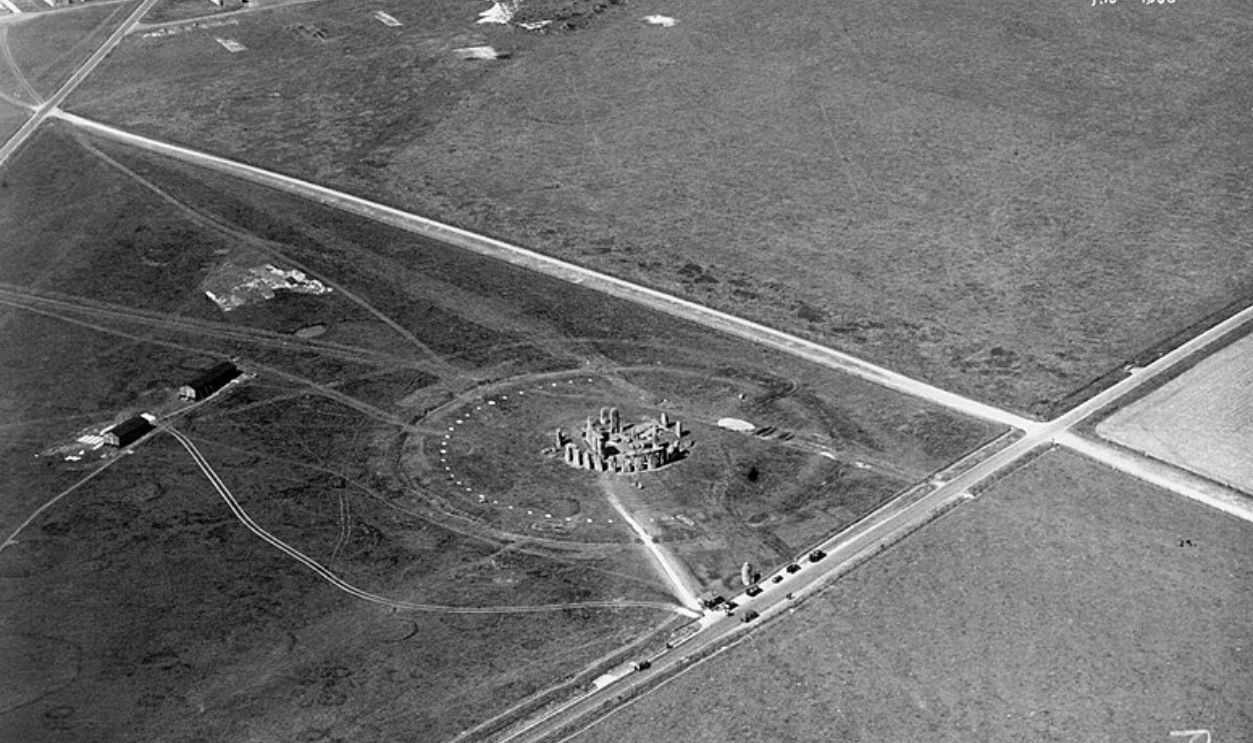 Royal Air Force, Wikimedia Commons
Royal Air Force, Wikimedia Commons
Mysteries Of Stonehenge
There's a huge earthwork with concentric ditches, two more rectangular earthworks, and communal burial places, which suggest Stonehenge was meant for social gatherings and ritual practices. The site was possibly used for tracking celestial events or marking territorial boundaries.
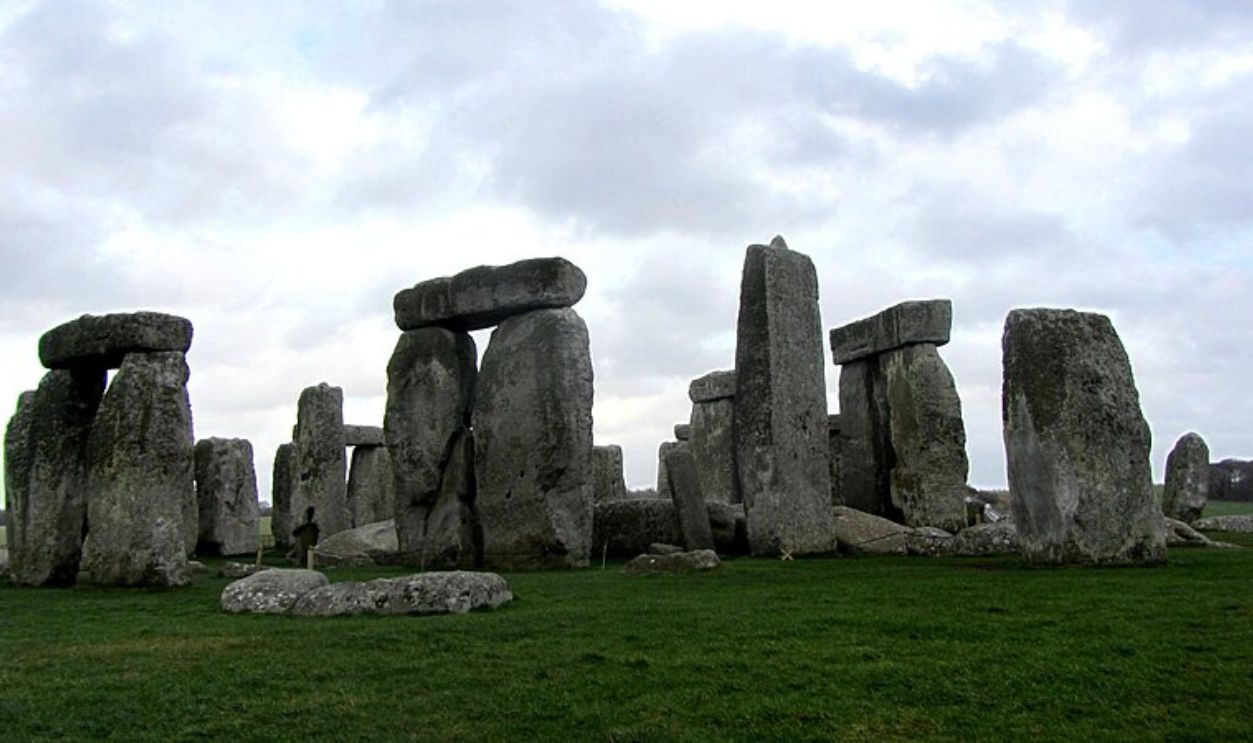 Meganbeckett27, CC BY-SA 3.0, Wikimedia Commons
Meganbeckett27, CC BY-SA 3.0, Wikimedia Commons
Göbekli Tepe
Unlike those megalithic monuments, the hunter-gatherers erected Göbekli Tepe in the Pre-Pottery Neolithic Era. Recognized as the world's first temple in Turkey's Southern Anatolia, it has T-shaped pillars, some resembling human forms with carvings of wild animals.
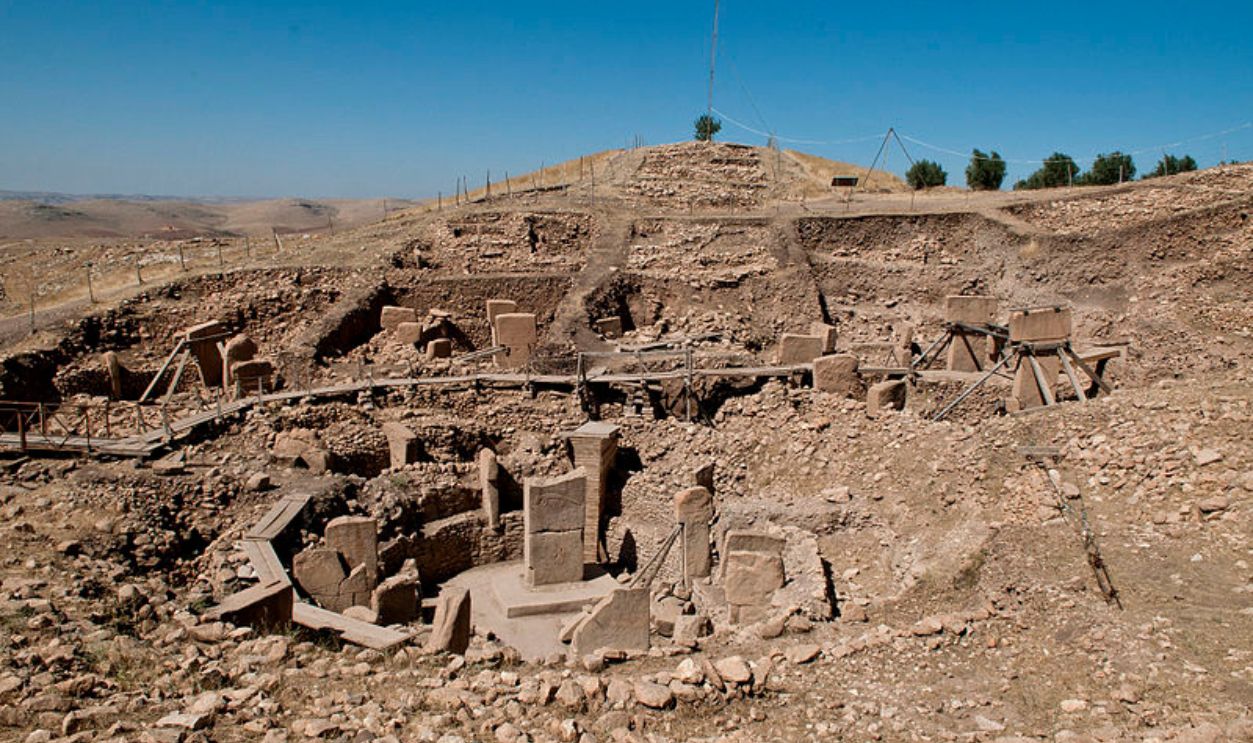 Teomancimit, CC BY-SA 3.0, Wikimedia Commons
Teomancimit, CC BY-SA 3.0, Wikimedia Commons
Interesting Revelations At The Site
Some of the abstract depictions on the limestone pillars were decorated with low-relief clothing, such as loincloths and belts. Recent excavations have also revealed the remains of smaller, non-monumental structures that could've been used as domestic buildings.
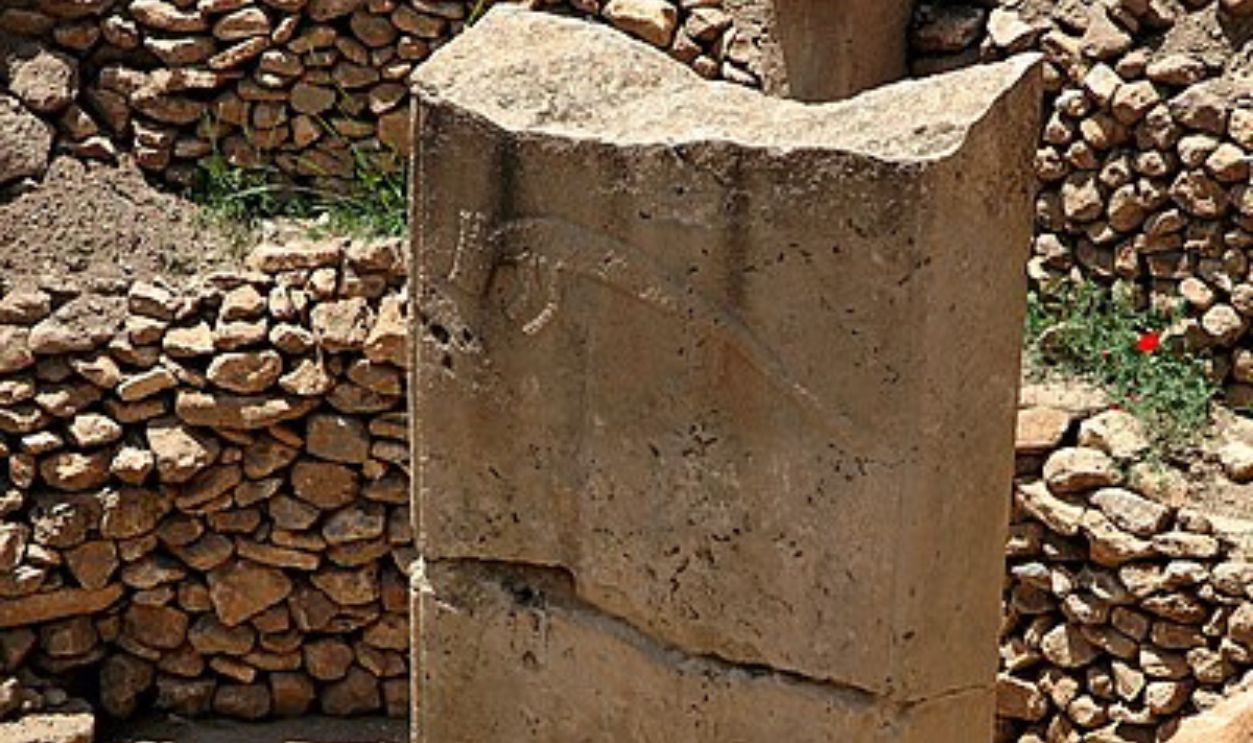 Klaus-Peter Simon, CC BY-SA 3.0, Wikimedia Commons
Klaus-Peter Simon, CC BY-SA 3.0, Wikimedia Commons
A True Testimony Of Evolving Society
Göbekli Tepe is among the earliest examples of the advanced building techniques of hunter-gatherers. It pertains to the significant phase of transitioning from a hunting-gathering mode to a more settled farming community. People were possibly entering a more structured, hierarchical society.
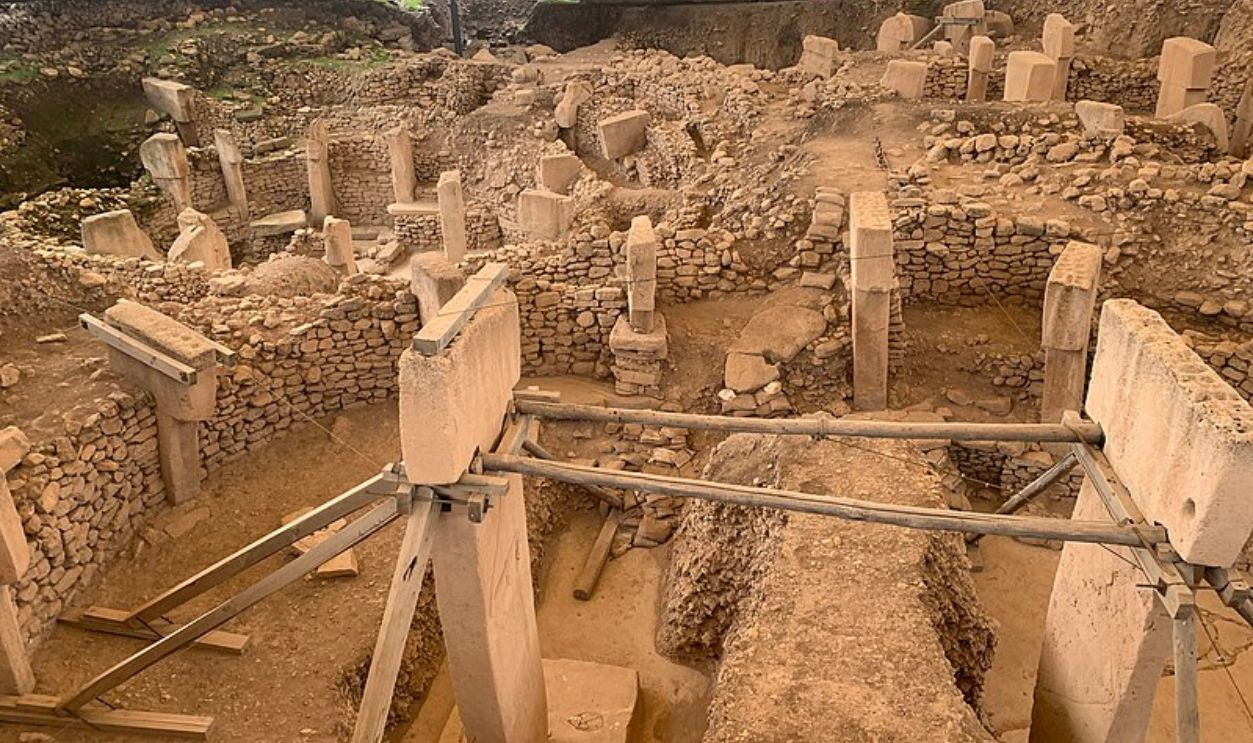 Beytullah eles, CC BY-SA 4.0, Wikimedia Commons
Beytullah eles, CC BY-SA 4.0, Wikimedia Commons
The Transition Debate
A major cultural shift occurred between the Mesolithic and Neolithic Periods. This could've been due to Britain's hunter-gatherers adopting new agricultural practices or intermingling with migrant farmers from Europe. We must enter their complex world to understand what happened to these ingenious people.
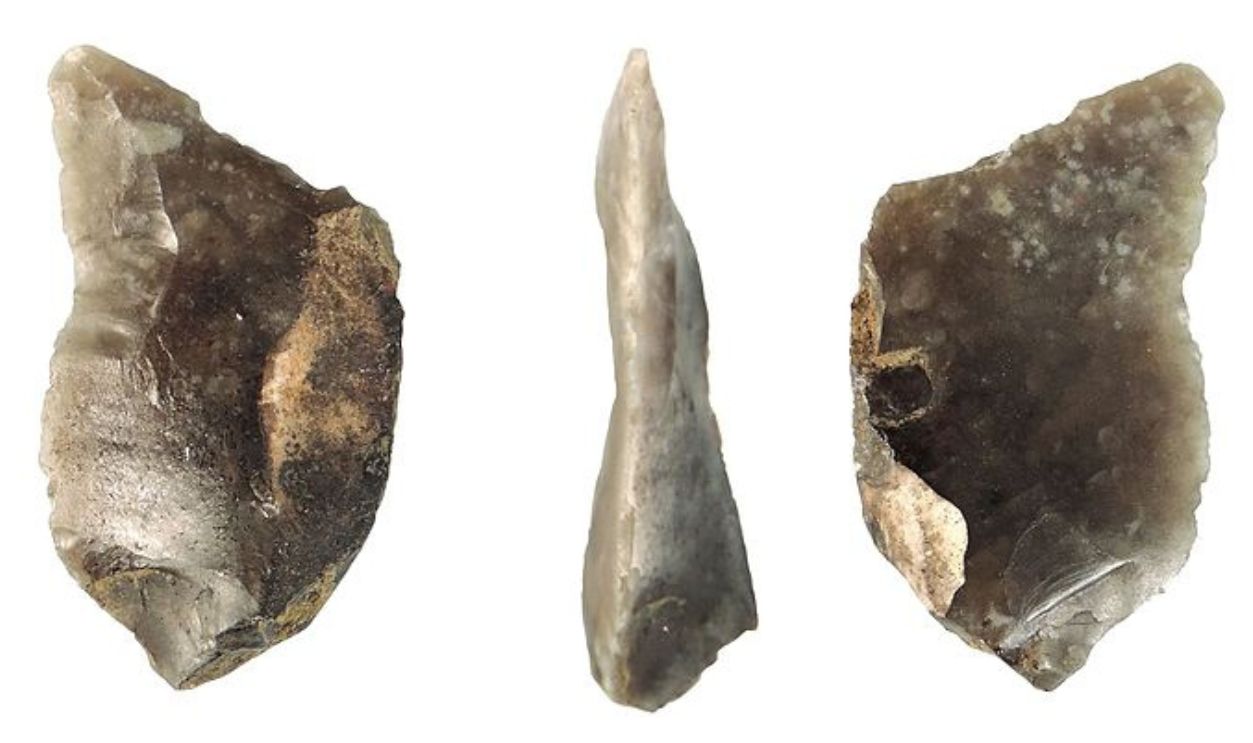 The Trustees of the British Museum, CC BY-SA 2.0, Wikimedia Commons
The Trustees of the British Museum, CC BY-SA 2.0, Wikimedia Commons
The Universe Of Hunter-Gatherers
In Prehistoric Britain, 10,000 years ago, the hunter-gatherers lived a hard life. They depended solely on nature, often at the mercy of highly harsh climates and poor food supply. Their entire existence was about how skillful they were at surviving the odds.
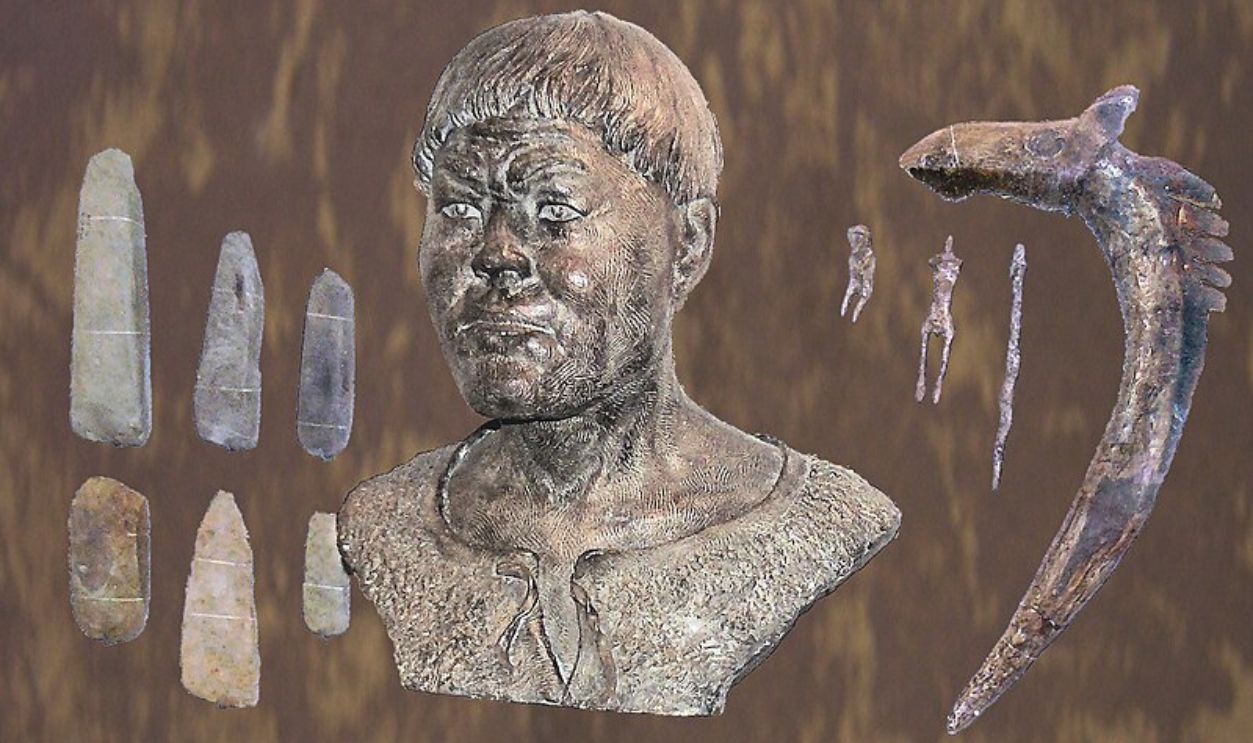 Jbuket, CC BY-SA 3.0, Wikimedia Commons
Jbuket, CC BY-SA 3.0, Wikimedia Commons
Mesolithic Vs. Neolithic Lifestyles
The Mesolithic Age lasted from 9000 BC to 4300 BC and was followed by the Neolithic Age. These two corresponding periods saw completely different lifestyles of their inhabitants. Mesolithic hunter-gatherers lived a nomadic life, while Neolithic people led a more settled farming life.
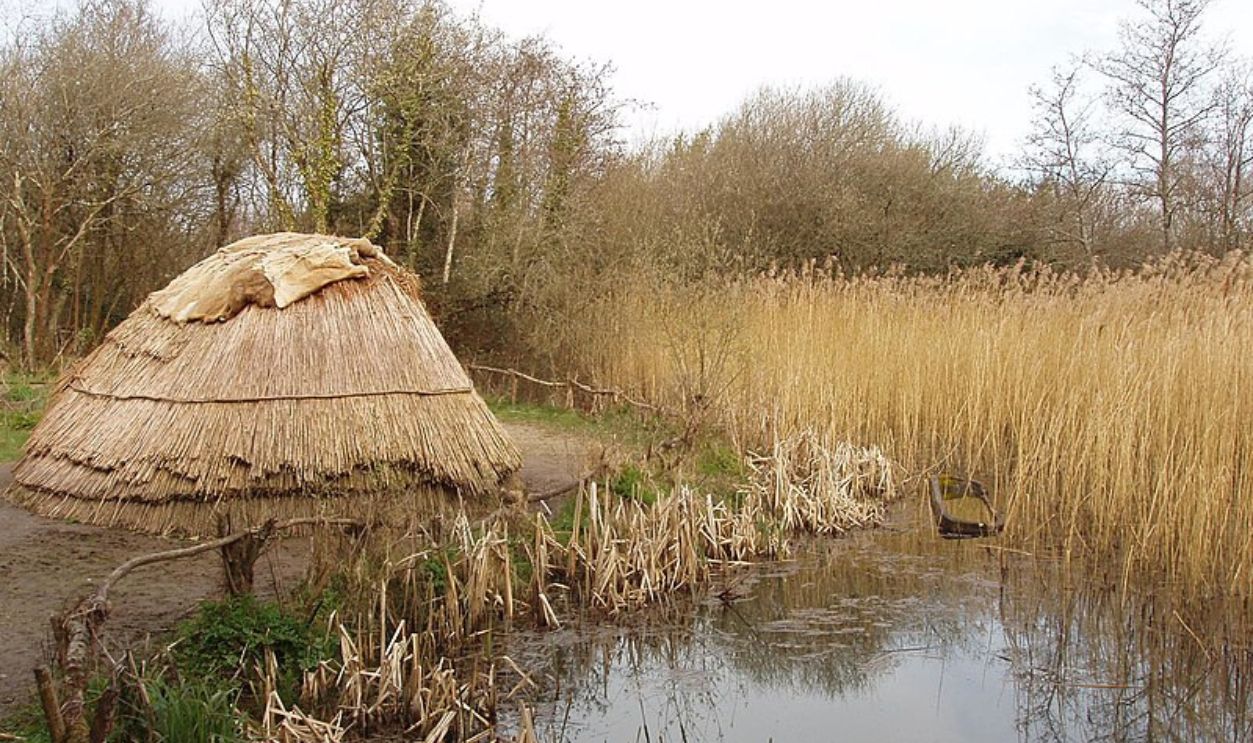 David Hawgood, Wikimedia Commons
David Hawgood, Wikimedia Commons
Mesolithic Era And Its People
It's believed mainly that Mesolithic people stuck to the coastlines without venturing further into the woods. Interestingly, we aren't too sure about this because they preferred excarnation, which is to leave the dead out in the open instead of burial. How do we know this?
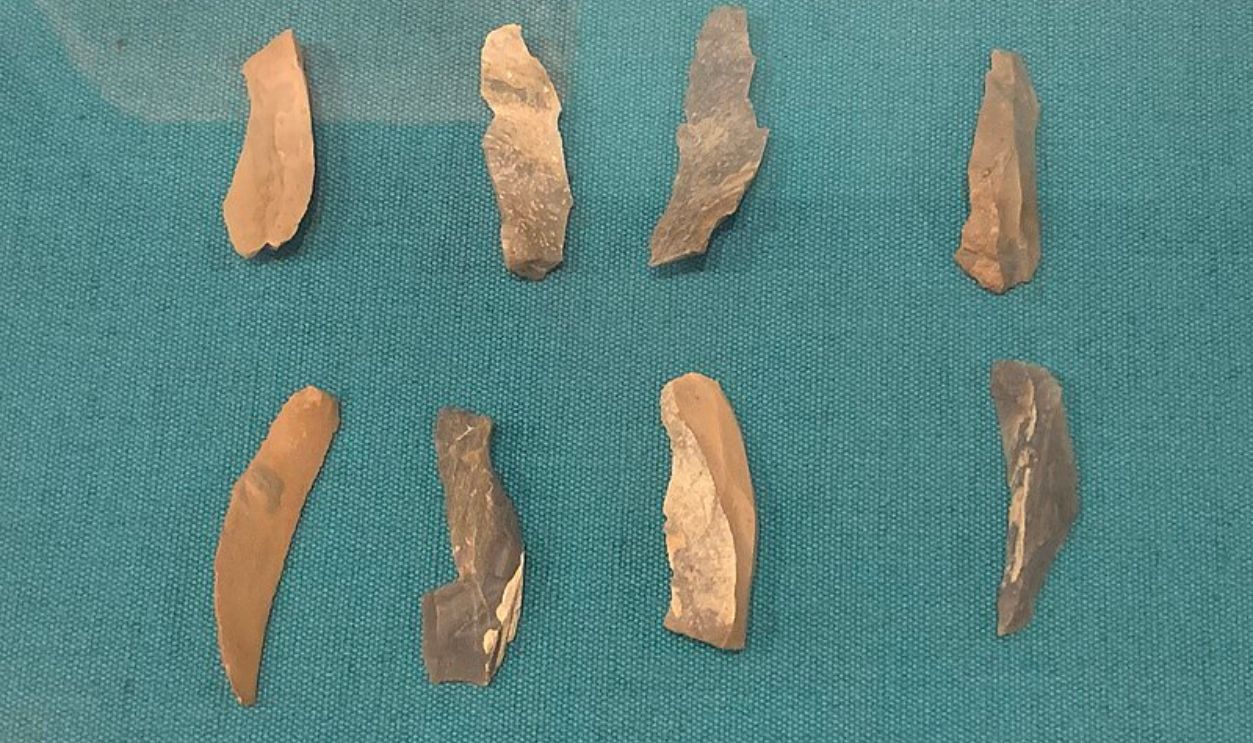 Marsupium, CC BY 4.0, Wikimedia Commons
Marsupium, CC BY 4.0, Wikimedia Commons
Untouched Caves And Sites
Mendip Hills is one of the sites that instantly comes to mind when we speak of human remains as evidence. Several of its untouched caves and sites, including Aveline's Hole and the Banwell Bone Cave, were ventured into by historians for several reasons.
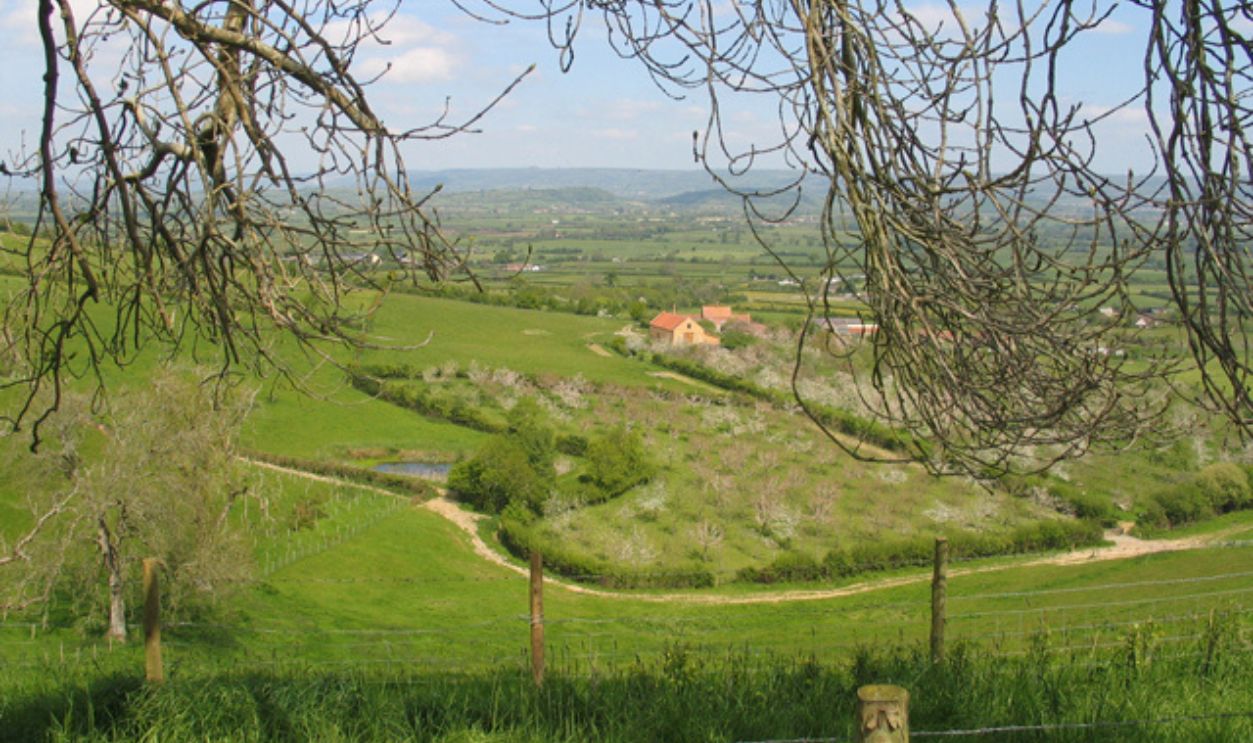 Barbara Voules, Wikimedia Commons
Barbara Voules, Wikimedia Commons
Aveline's Hole
Archaeologists discovered the largest assemblage of human remains, around 200 people, in Aveline's Hole in Burrington Combe. Explored in the late 18th century, it's one of Britain's earliest scientifically dated human cemeteries. Archaeological advancements at that time weren't as advanced as they are today.
Lost Collection From The Site
The human remains found at Aveline's Hole represented 50 people but consisted of only two complete skeletons. At the time of discovery, Britain was busy waging the Seven Years' War, which resulted in most of the collection being lost. They were either pillaged or poorly recorded.
Critical Findings At Aveline's Hole
The collection, tentatively dated 8200 BC, also revealed perforated animal teeth, seven pieces of fossil ammonite, and red ochre. It means the interred bodies were adorned, possibly as part of funeral rites. However, the red ochre covering the bones suggests the bodies decomposed outside of the tombs.
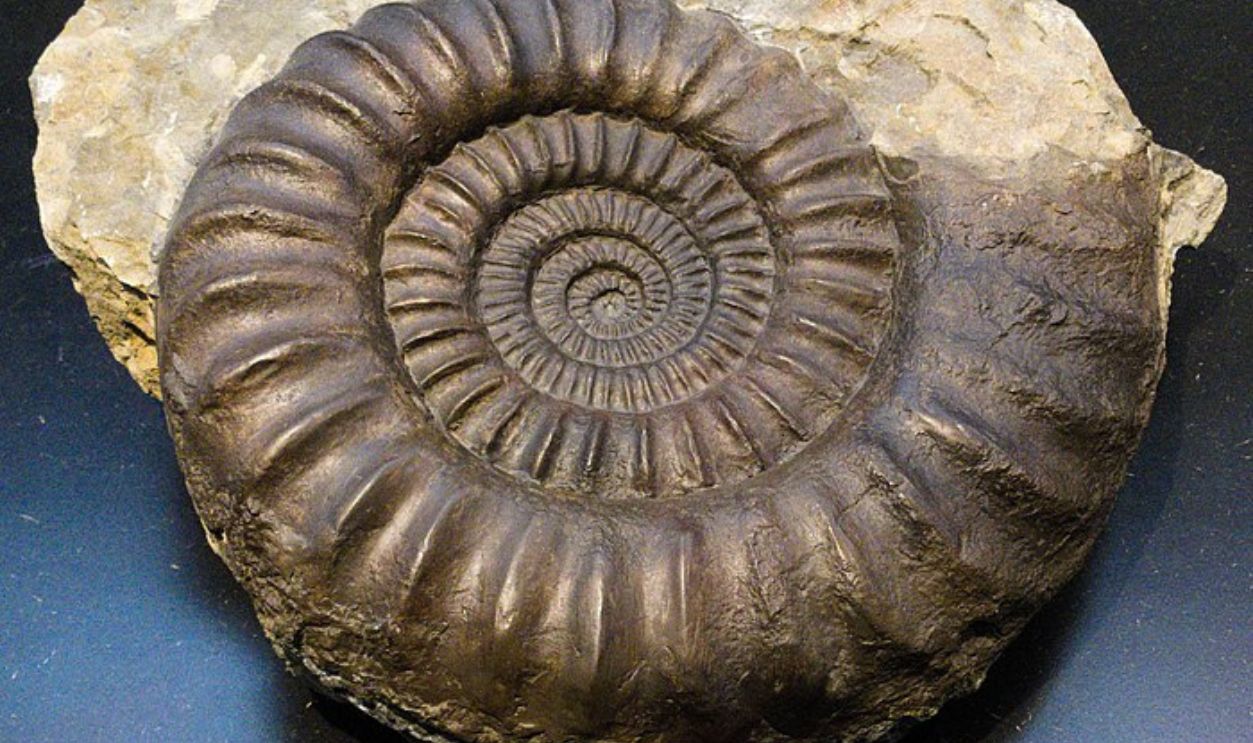 Tiia Monto, CC BY-SA 3.0, Wikimedia Commons
Tiia Monto, CC BY-SA 3.0, Wikimedia Commons
The Cheddar Man
Nearby Aveline's Hole is Gough's Cave of Cheddar Gorge, a popular tourist destination in Modern Britain. In 1903, a man's oldest near-complete human remains were found here when digging a drainage ditch. His remains date back to the Mesolithic Age, which was predominantly occupied by hunter-gatherers.
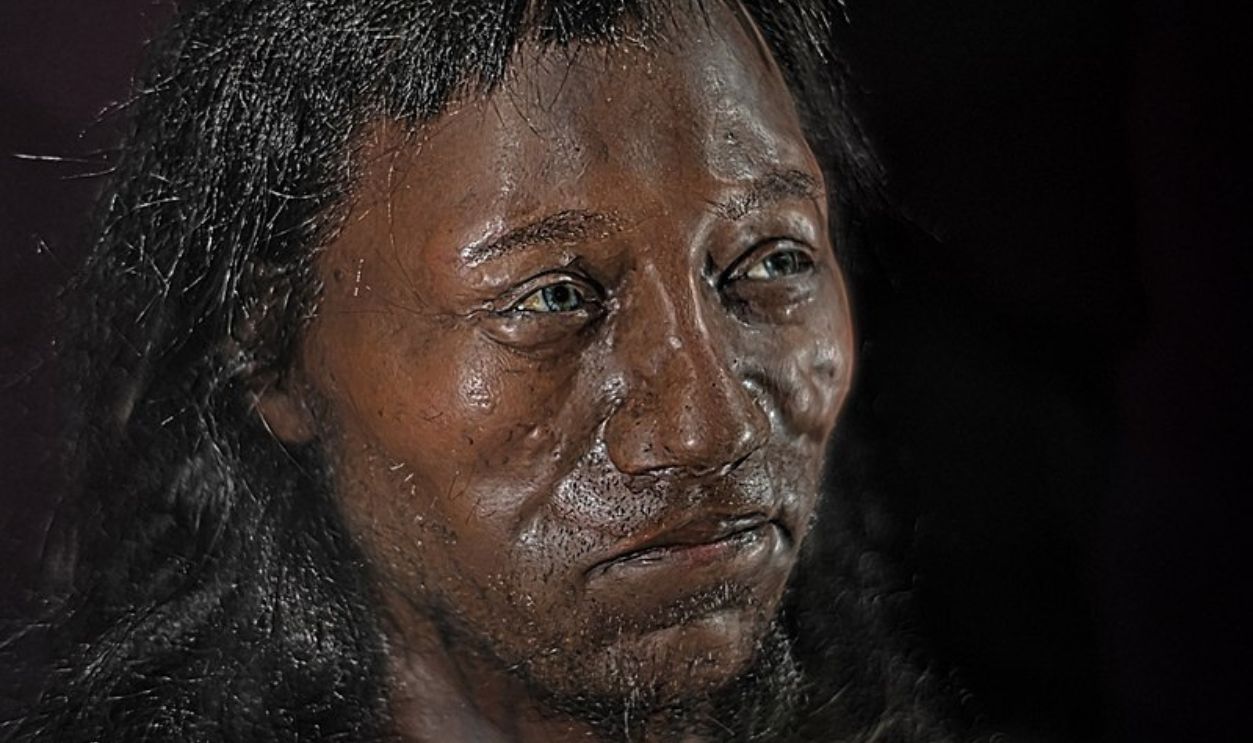 Werner Ustorf, CC BY-SA 2.0, Wikimedia Commons
Werner Ustorf, CC BY-SA 2.0, Wikimedia Commons
More Discoveries About The Cheddar Man
Quite a few fascinating findings spilled out of the Cheddar Man's discovery. Contrary to what you'd expect the earliest human inhabitants of Britain to have looked like with pale skin, he had dark skin with blue eyes, stood 166 cm tall, and died in his twenties.
Mesolithic Britain's Blue-eyed Hunter-gatherer
Unlike most communal skeletons in ancient sites, the Cheddar Man was a lone find at Gough's Cave. We have no evidence as to why that was, but a hole in his skull points to either a bone infection or a violent death.
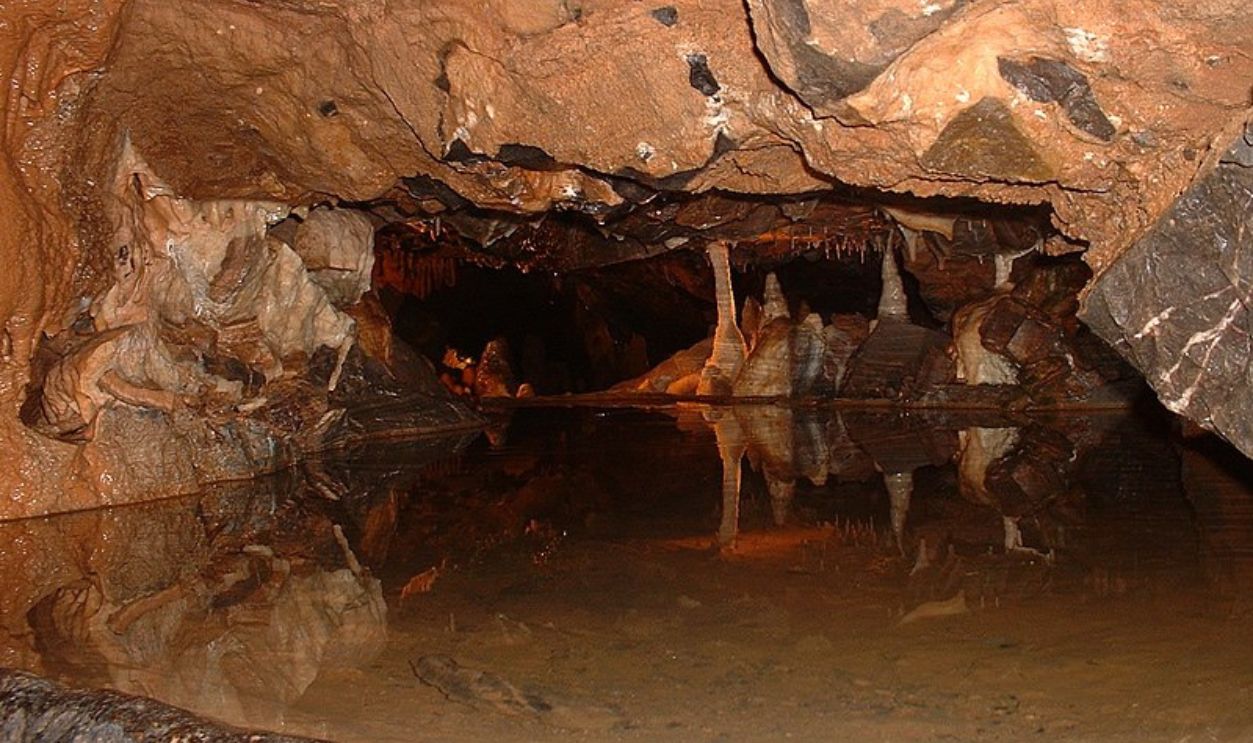 Rwendland, CC BY-SA 4.0, Wikimedia Commons
Rwendland, CC BY-SA 4.0, Wikimedia Commons
One With Nature For Survival
The discoveries about the Cheddar Man of the 9th millennium indicated the larger population of Mesolithic hunter-gatherers. He belonged to a group of people who mainly hunted game, gathered seeds and nuts, and relied only on nature to fend for themselves.
More On Their Diet
Britain was still attached to Continental Europe when he was alive, with its terrain gradually shifting to more forested lands. Like most people of Europe, he was lactose-intolerant, and his diet included red deer, freshwater fish, and large wild cattle known as aurochs.
 Mfloryan, CC BY-SA 4.0, Wikimedia Commons
Mfloryan, CC BY-SA 4.0, Wikimedia Commons
Early Prehistoric Hunter-Gatherer Sites
Archaeologists made far more unexpected discoveries at Howick House in Northumbria, North Yorkshire's Star Carr, and Kennet Valley. The camps once inhabited by hunter-gatherers cleared up a few misconceptions people had about their nomadic life and provided a fresh perspective.
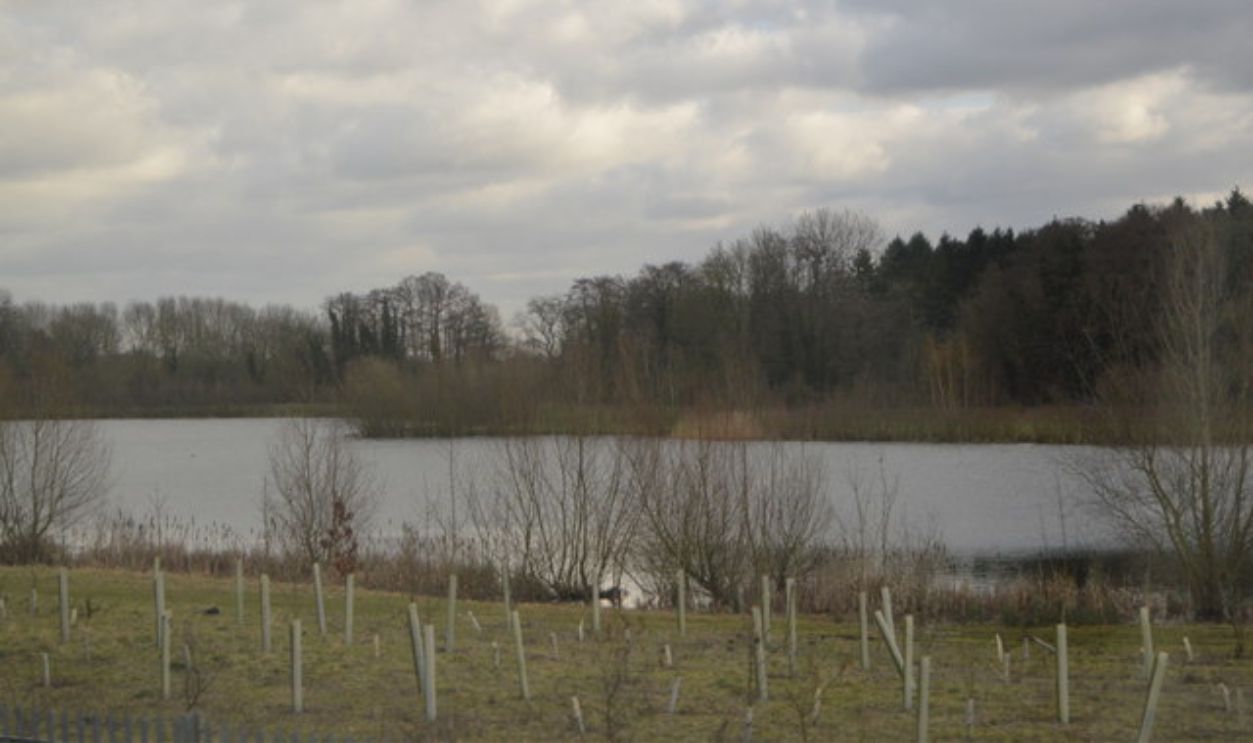 N Chadwick, CC BY-SA 2.0, Wikimedia Commons
N Chadwick, CC BY-SA 2.0, Wikimedia Commons
Kennet Valley Archaeology
An established site of hunter-gatherers dating back to 14,000 to 5,500 years ago, Kennet Valley experienced a massive climate change over the centuries. It had seen long, cold Arctic winters during Younger Dryas and warm conditions in the later years.
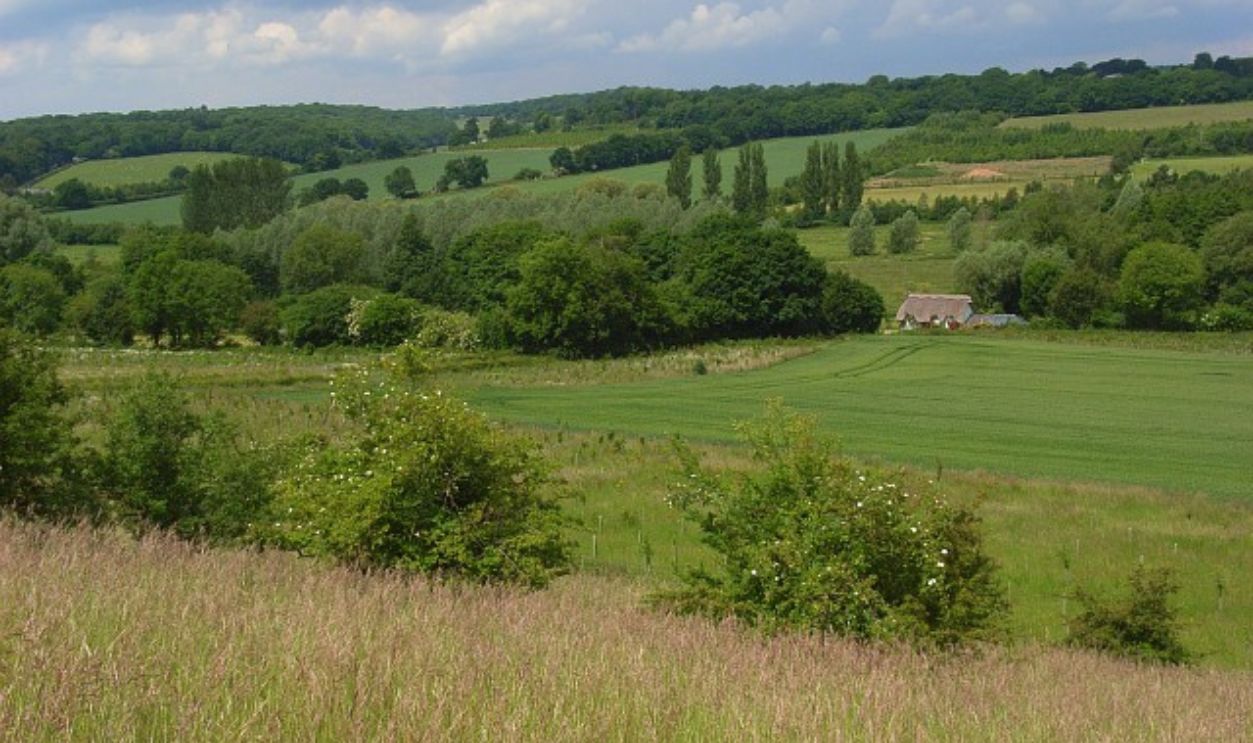 Andrew Smith, Wikimedia Commons
Andrew Smith, Wikimedia Commons
A Barren Land For Centuries
The archaeologists' analysis of the sediments extracted showed that the terrain had remained largely barren. Since the only dominant vegetation at the time was birch, juniper, and scatterings of pine trees, the Upper Paleolithic hunters relied on bison, horses, and reindeer for survival.
 Ayazan57, CC BY-SA 4.0, Wikimedia Commons
Ayazan57, CC BY-SA 4.0, Wikimedia Commons
Shift To Warmer Climate
The open lands gradually became dense woodlands as the climate turned warmer. Artifacts like long flint blades required for hunting large animals were turned into smaller tools to hunt smaller animals, such as deer, birds, and fish, and clear the vegetation.
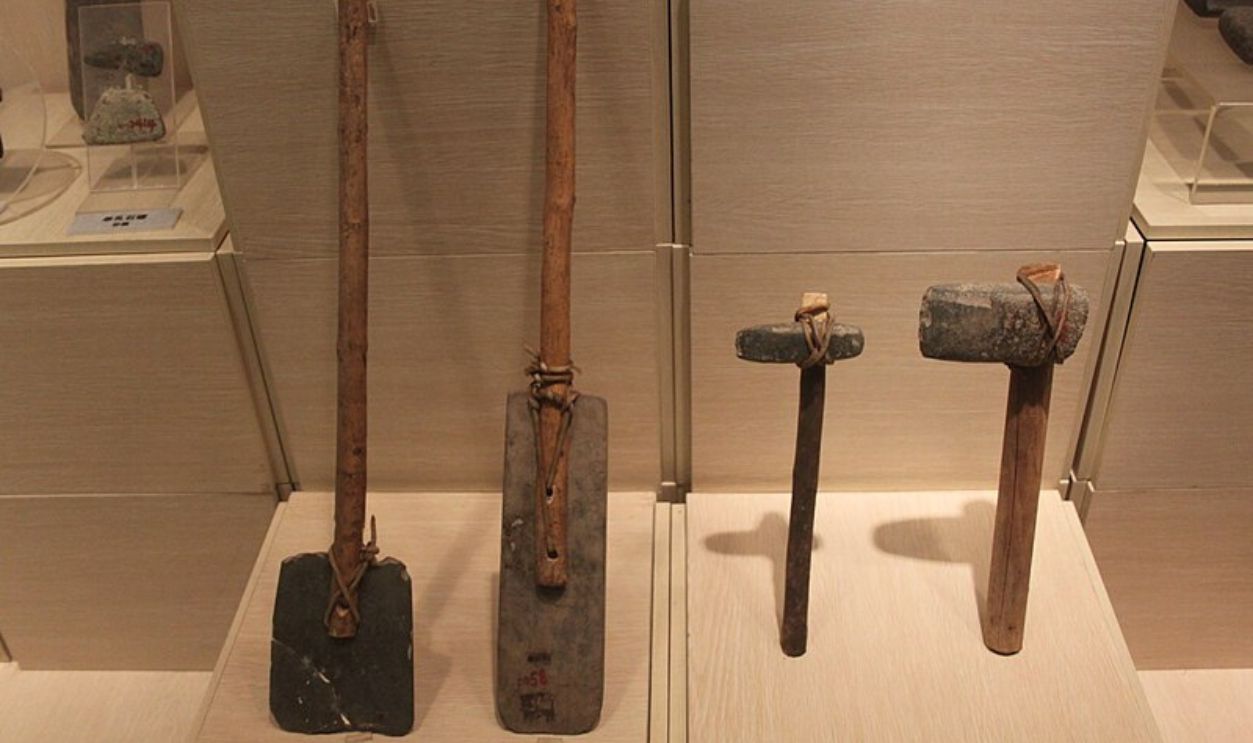 Gary Todd, CC0, Wikimedia Commons
Gary Todd, CC0, Wikimedia Commons
The Howick House In Northumberland
An amateur archaeologist discovered the Howick House, which is well-known as Britain's oldest house. This well-preserved circular hut overlooks the modern-day coastline. Radiocarbon dating on the hearth inside the hut has revealed that it was inhabited for nearly a century since its construction in 7800 BC.
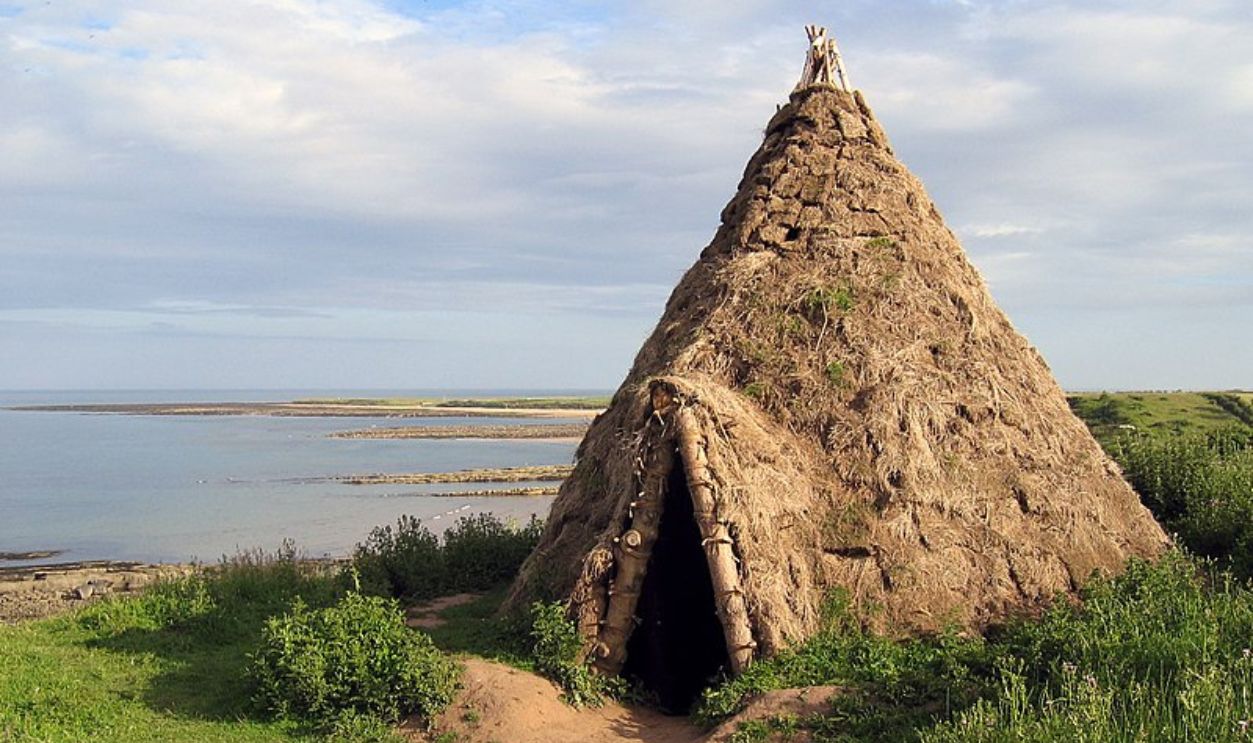 Andrew Curtis, Wikimedia Commons
Andrew Curtis, Wikimedia Commons
Further Discoveries At The Site
Researchers were thrilled to find 18,000 pieces of flint and several other pieces of evidence as the earliest signs of domesticity in the United Kingdom. Along with a few hearths, they also found a large number of burnt hazelnuts.
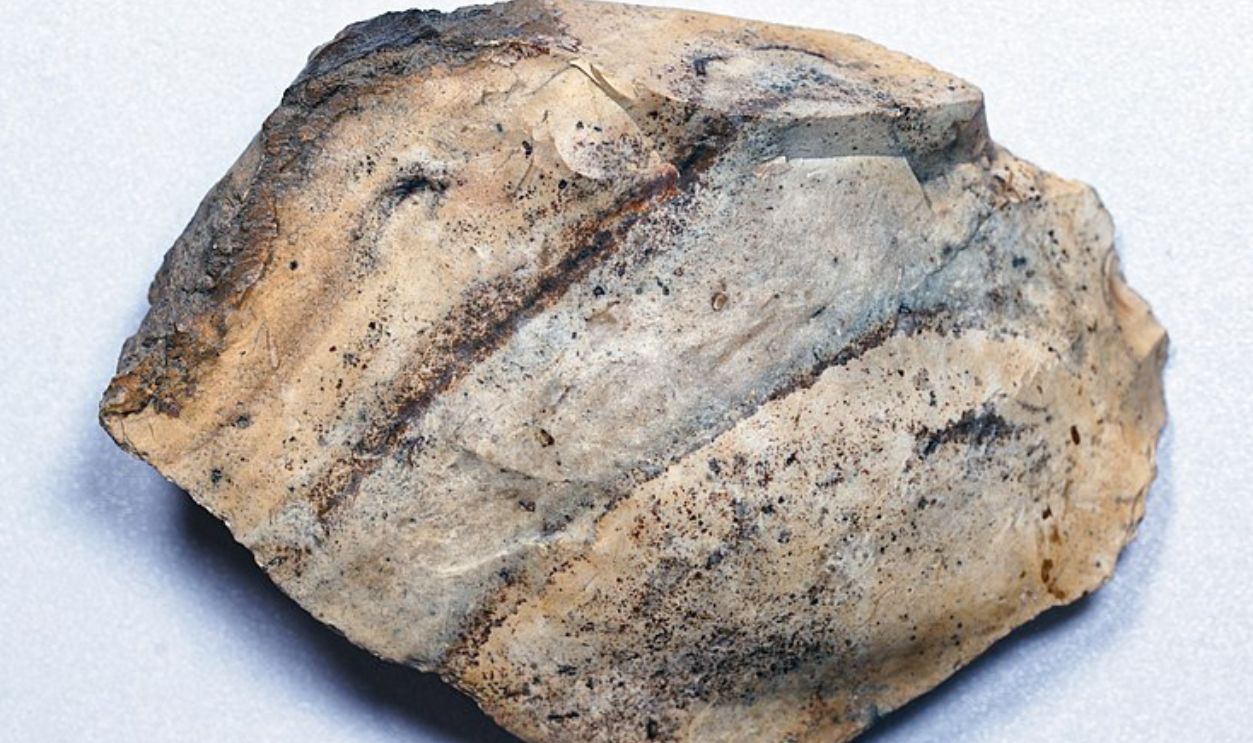 Jud McCranie, CC BY-SA 4.0, Wikimedia Commons
Jud McCranie, CC BY-SA 4.0, Wikimedia Commons
Mesolithic Site Of Star Carr
Another significant excavation and discovery happened at Star Carr in England's North Yorkshire. In 1949, researchers stumbled upon a startling discovery. The hunter-gatherers from 11,000 years ago, presumed to move around a lot in search of food, actually kept an orderly home.
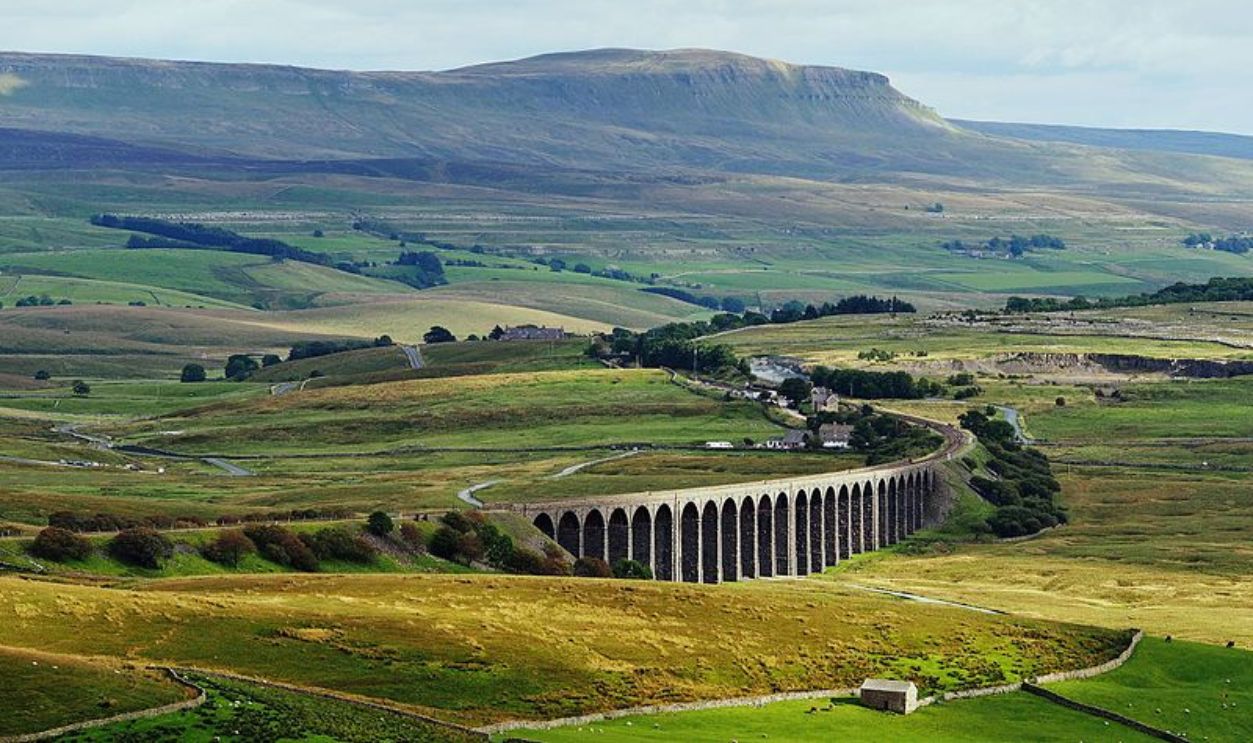 Kreuzschnabel, CC BY-SA 3.0, Wikimedia Commons
Kreuzschnabel, CC BY-SA 3.0, Wikimedia Commons
Inside Their Homes
Archaeologists found stone tools inside three dome-like or cone-shaped structures. Microscopic evidence of these tools showed that a range of activities were carried out inside what can be considered their "homes." These included the use of wood, plants, bone, hide, fish, and meat.
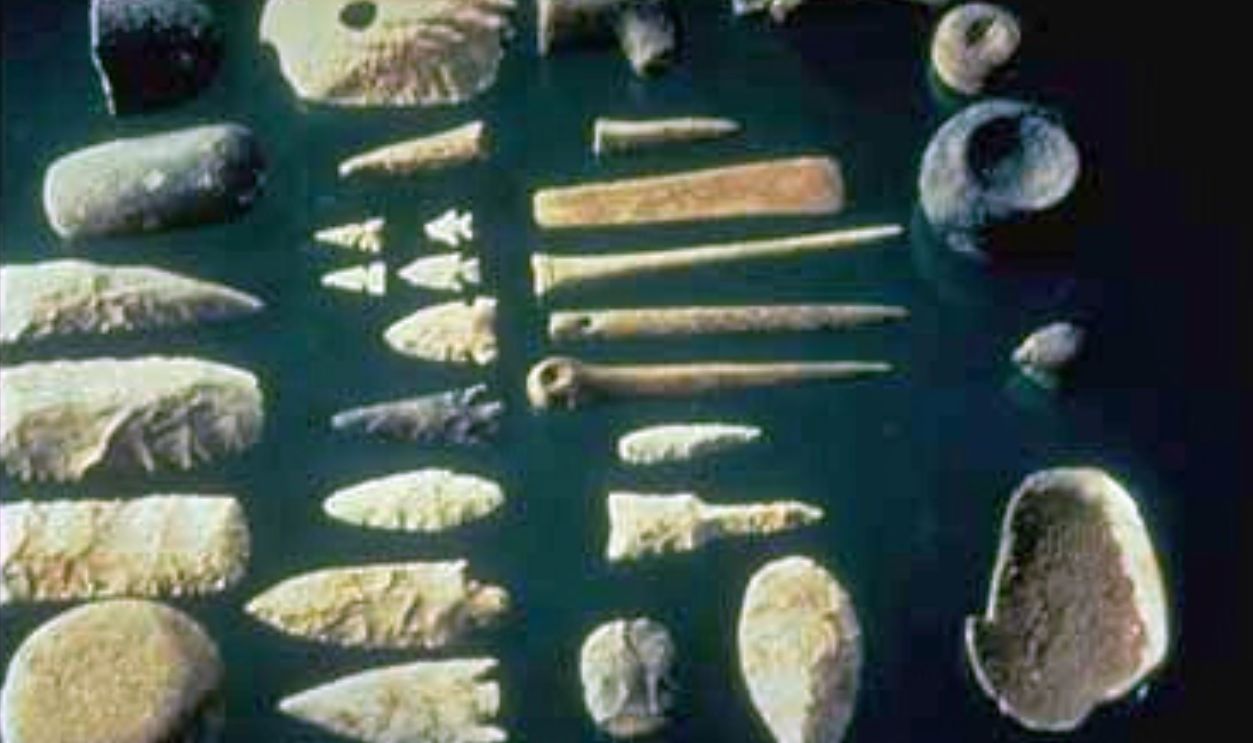 U.S. National Park Service, Wikimedia Commons
U.S. National Park Service, Wikimedia Commons
Clear Demarcations Within The House
Fascinated by the discoveries, the researchers plotted spatial patterns to understand which zones were earmarked for what activities. They found one area for messy activities such as butchery, away from where cleaner tasks like crafting wooden objects, bone, and jewelry were carried out.
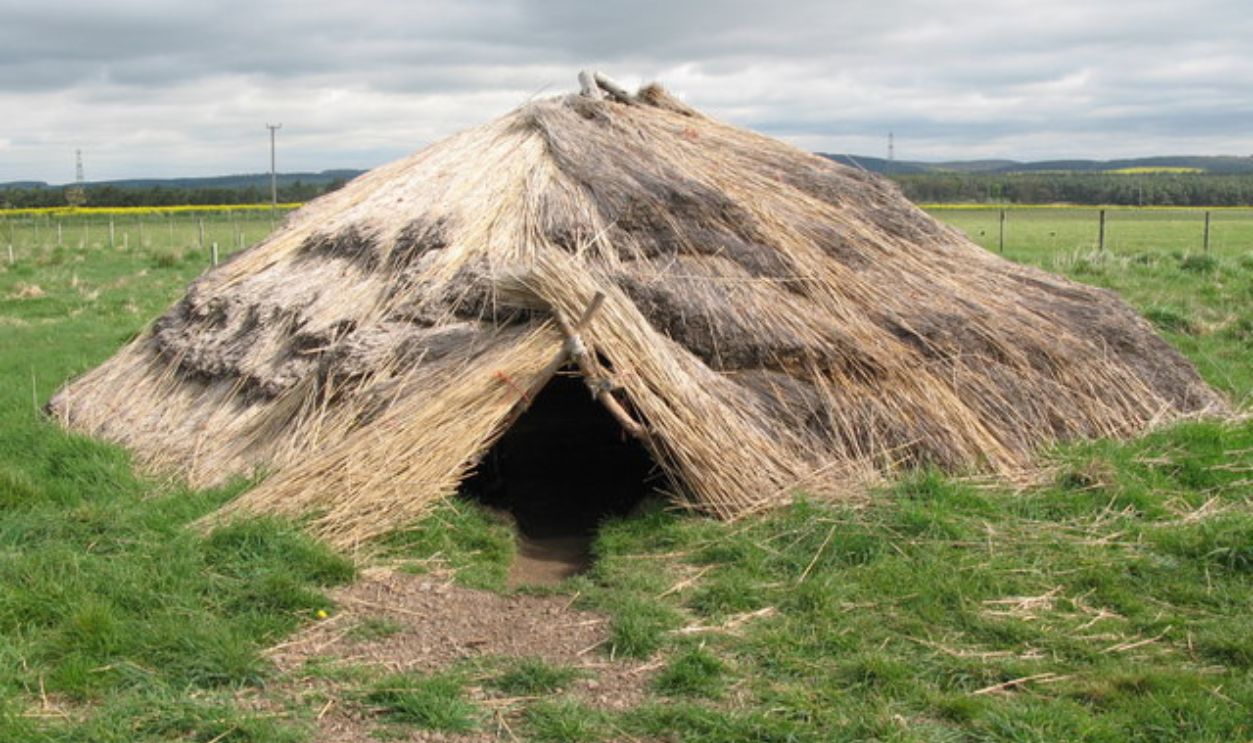 Lisa Jarvis, Wikimedia Commons
Lisa Jarvis, Wikimedia Commons
Other Key Findings At Star Carr
The site was found to be inhabited for over 800 years, either continually or seasonally. It was clear that the residents had lived a hunter-gatherer lifestyle. They relied more on hunting, fishing, and foraging than raising domesticated animals or farming.
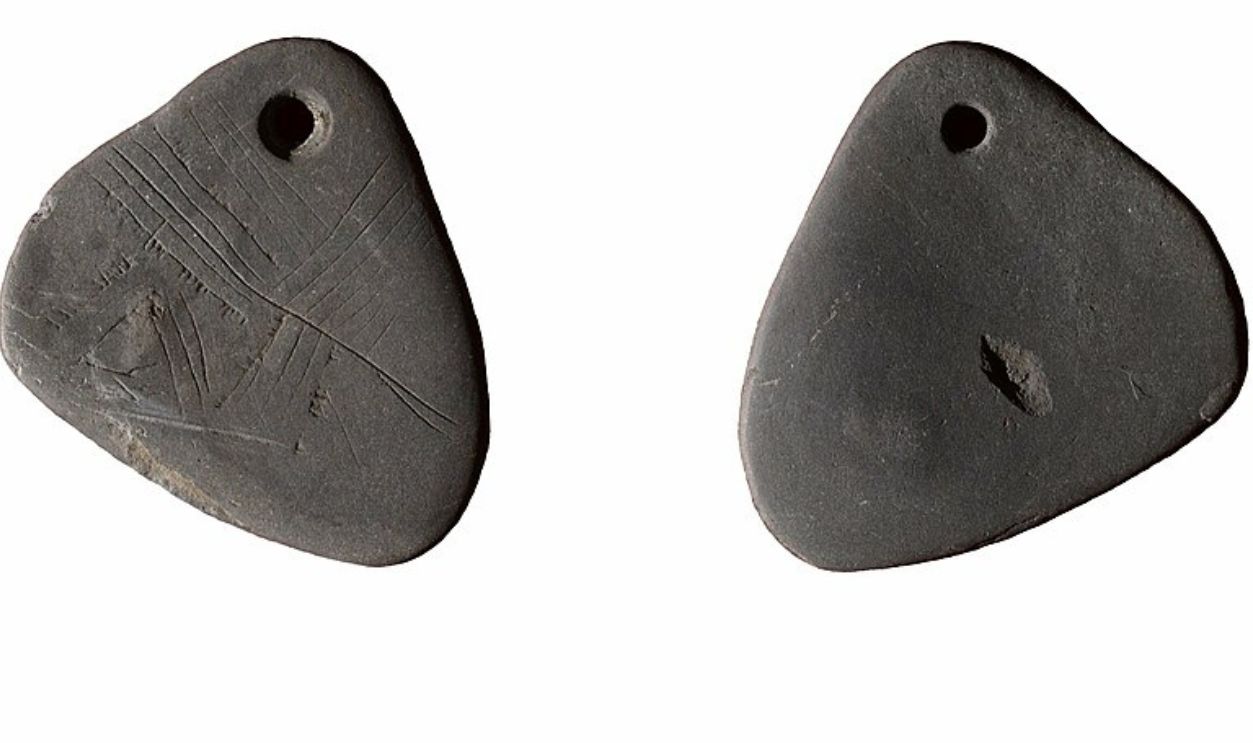 Milner, CC BY 3.0, Wikimedia Commons
Milner, CC BY 3.0, Wikimedia Commons
Tools And Weapons
More findings revealed the advanced tool-making skills of hunter-gatherers, such as 200 harpoons or projectile points made of red deer antlers. They were adept at developing awls for crafting and numerous tools with animal antlers, bones, and flint.
 Bill Ebbesen, CC BY 3.0, Wikimedia Commons
Bill Ebbesen, CC BY 3.0, Wikimedia Commons
Unique Deer Headdresses
Among the artifacts, 21 distinctive red deer skull caps, used as headdresses, were found along with an engraved shale pendant reminiscent of Britain's earliest form of mesolithic art. The headdresses, known as "frontlets," could've been used as a disguise for hunting or shamanistic rituals.
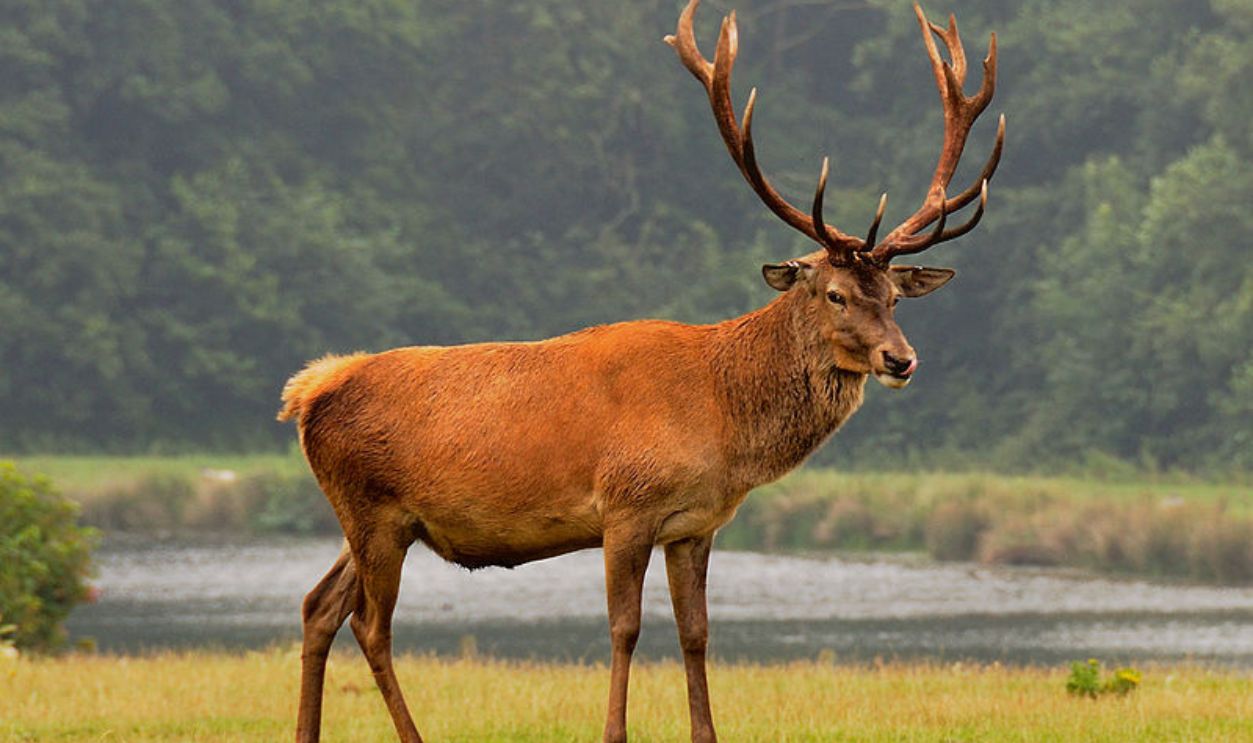 Kev Chapman, CC BY 2.0, Wikimedia Commons
Kev Chapman, CC BY 2.0, Wikimedia Commons
Mesolithic Shamanism
Following the rare discovery of the antler frontlets at Star Carr by archaeologist Graham Clark, only a few more were located in other Mesolithic sites across Europe. The huge number of these human-modified antlers at the site suggests that people wore them for ceremonial purposes.
 Erasmus Foundation Prize, CC BY-SA 4.0, Wikimedia Commons
Erasmus Foundation Prize, CC BY-SA 4.0, Wikimedia Commons
Ritual Practices And Beliefs
The skulls were cut to wear the deer antlers as headdresses, and holes were drilled to thread a leather lace through them. People wore the frontlets to perform rituals and even threw them into the water to appease the spirits of the animals they hunted.
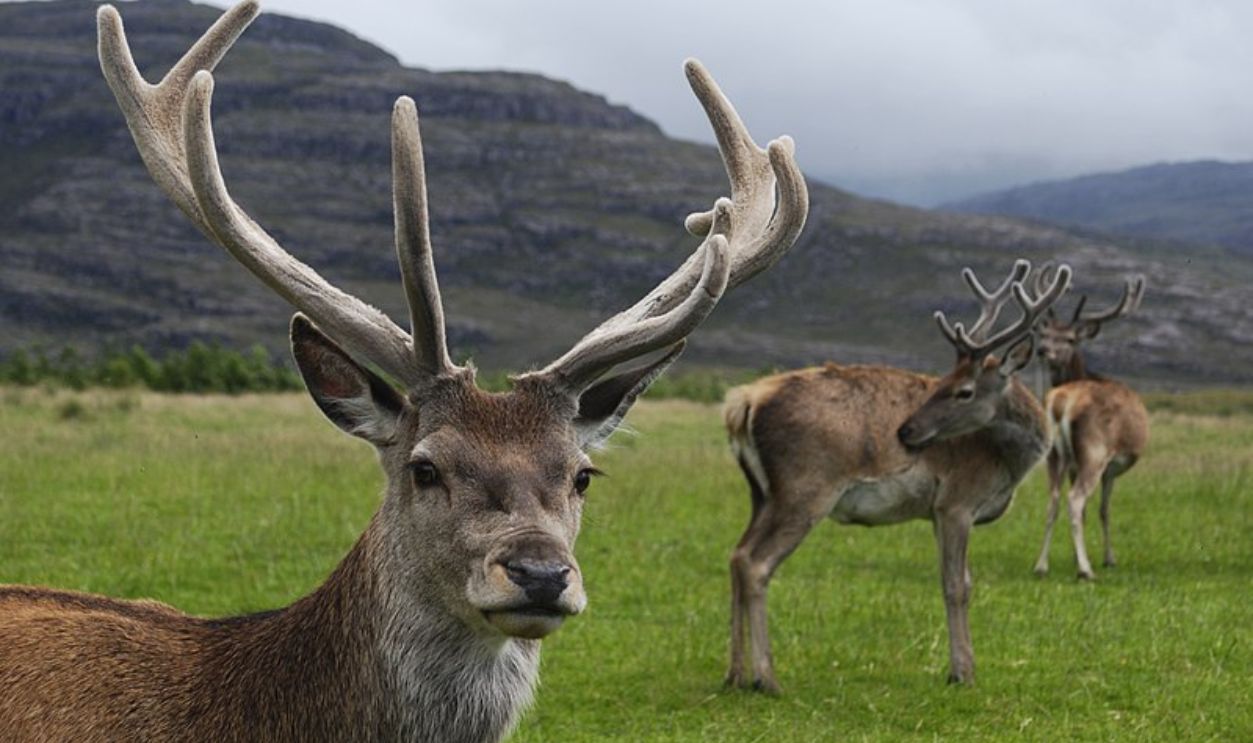 Mehmet Karatay, CC BY-SA 3.0, Wikimedia Commons
Mehmet Karatay, CC BY-SA 3.0, Wikimedia Commons
Sign Of Permanent Settlement
Most organic materials that would've rotted anywhere else were found intact in the peaty soils of Star Carr. It helped the archaeologists learn a lot about the richness of animal and plant life. This abundance of food may have enabled the hunter-gatherers to put down roots.
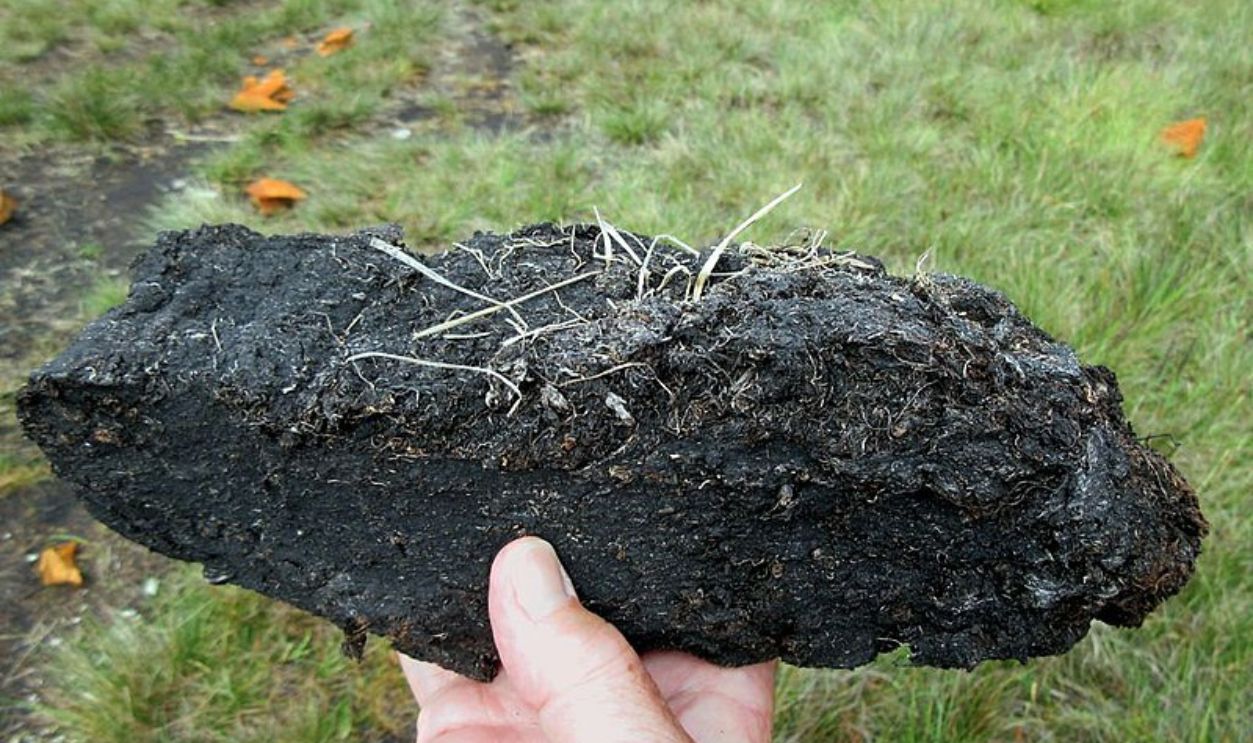 David Stanley, CC BY 2.0, Wikimedia Commons
David Stanley, CC BY 2.0, Wikimedia Commons
Evidence Of Boats
Until the mid-90s, researchers had never found traces of a boat belonging to the Mesolithic Era. But at Star Carr, they found a wooden paddle well-conserved in the waterlogged soil. This little twist opened up a few probabilities that weren't considered earlier.
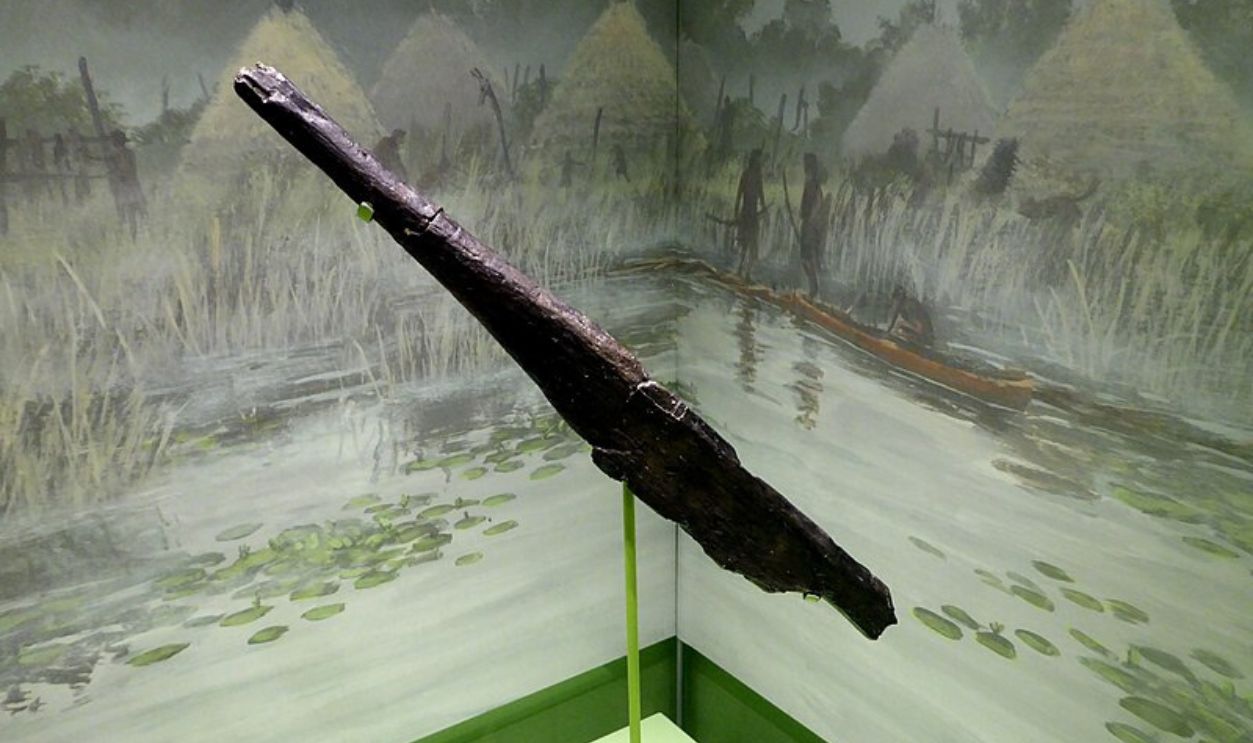 Ethan Doyle White, CC BY-SA 4.0, Wikimedia Commons
Ethan Doyle White, CC BY-SA 4.0, Wikimedia Commons
Isle Of Wight
In 1999, a lobster was seen moving Stone Age flint on the seabed at the Isle of Wight. This led marine archaeologists to uncover a submerged Mesolithic settlement dating back 8,000 years! They found the oldest piece of string and a large amount of worked timber.
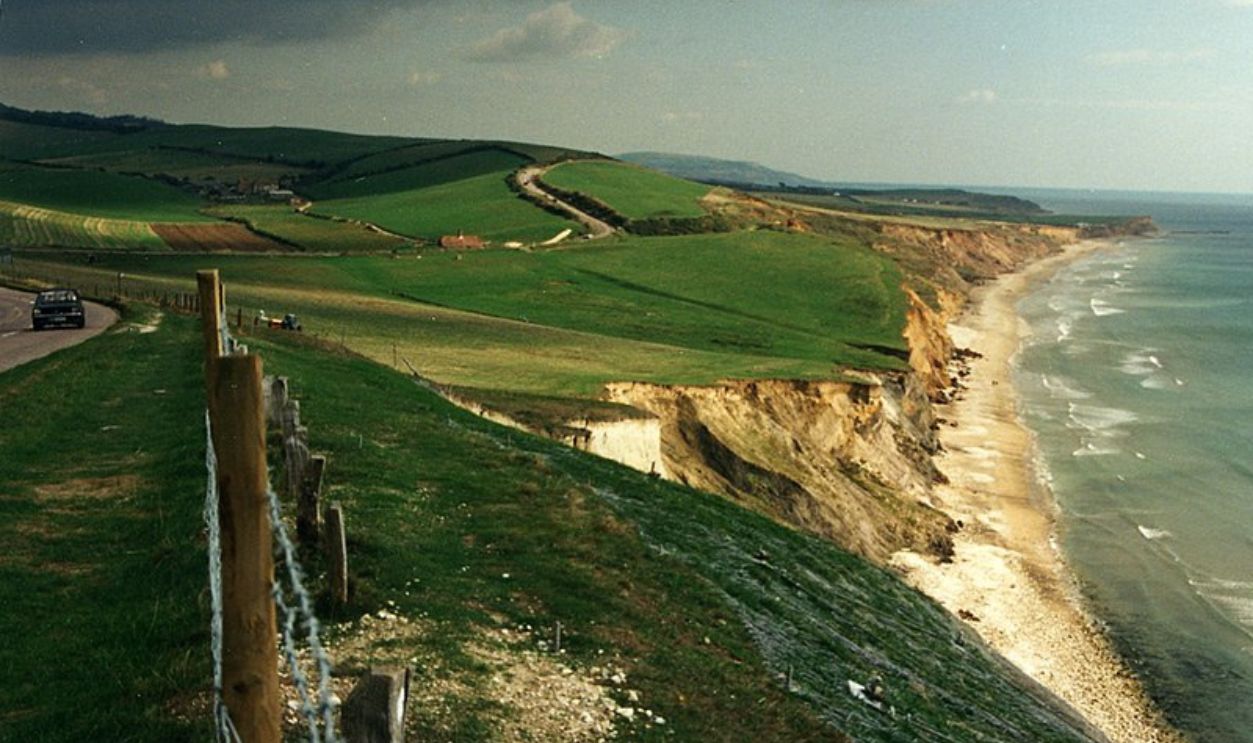 Barbara Mürdter, CC BY-SA 1.0, Wikimedia Commons
Barbara Mürdter, CC BY-SA 1.0, Wikimedia Commons
A Startling Discovery At Bouldnor Cliff
The divers found something more startling in Bouldnor Cliff on the Isle of Wight. They found a dated wooden platform, probably used to construct log boats, which made Bouldnor Cliff Britain's oldest boat-building site. It indicates that the Mesolithic people were familiar with trade routes.
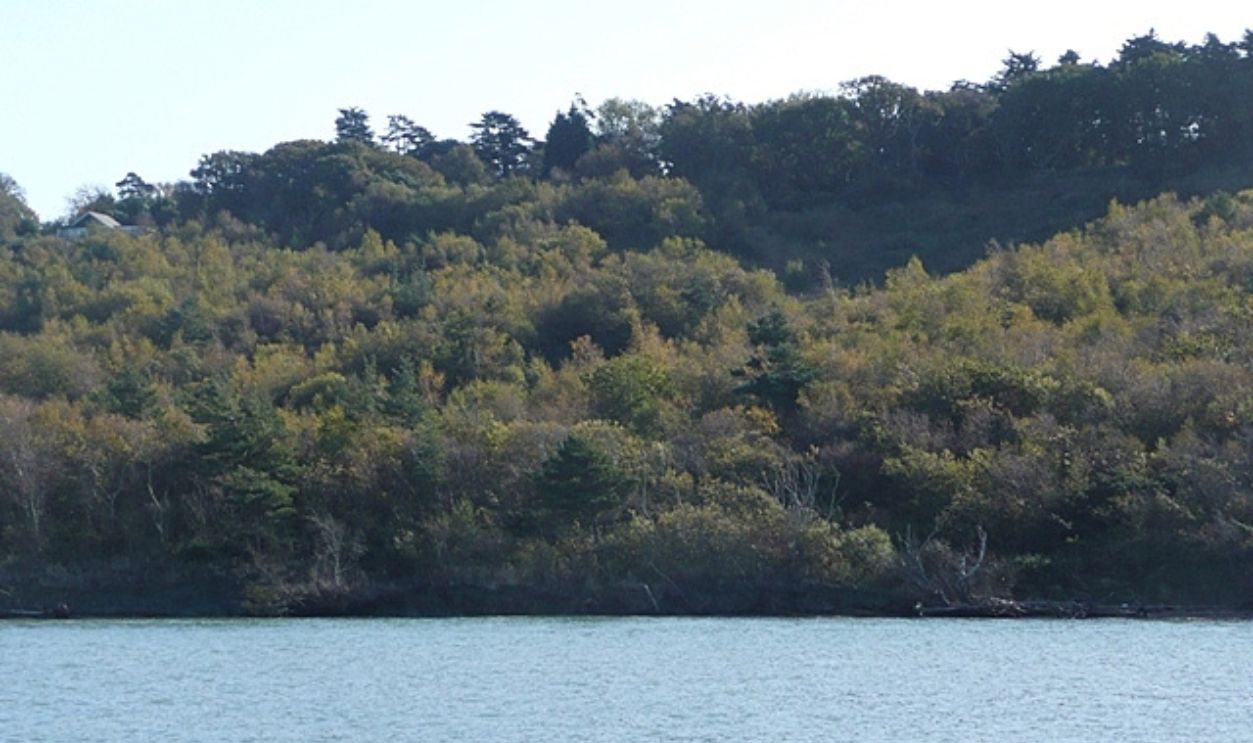 Graham Horn, Wikimedia Commons
Graham Horn, Wikimedia Commons
Genetic Mixing
Dr. Tom Booth's genome sequencing of Ancient Britons' DNA suggests that Neolithic farming resulted from migrations from Mainland Europe. However, this genetic mixing didn't completely replace the hunter-gatherers. Instead, the incoming farmers probably coexisted with them.
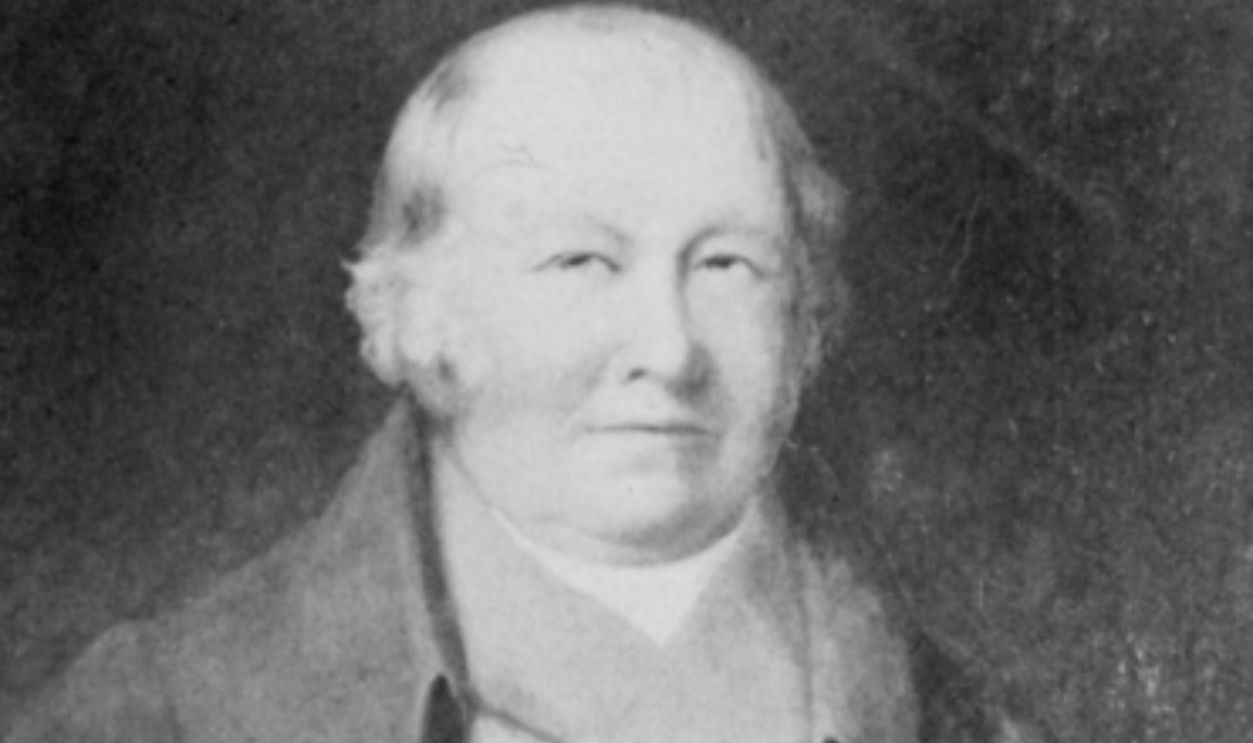 Unknown author, Wikimedia Commons
Unknown author, Wikimedia Commons
An Integral Part Of Human History
The lives of hunter-gatherers are complex narratives of survival, adaptation, and ingenuity, as seen from the evidence left behind by their communities. Even though time has erased some of their footprints, we've managed to piece together vital aspects of their existence that are significant to human history.



